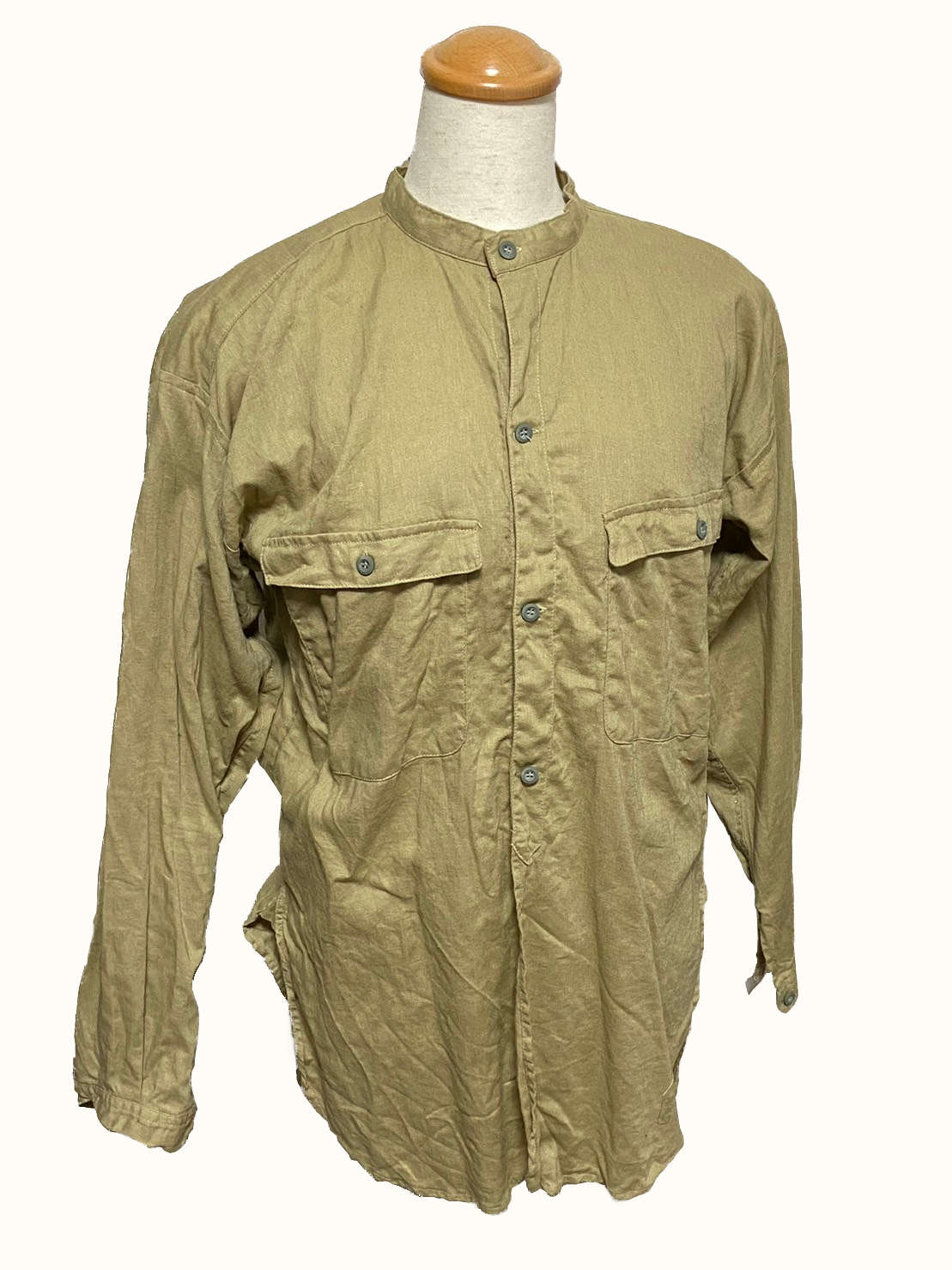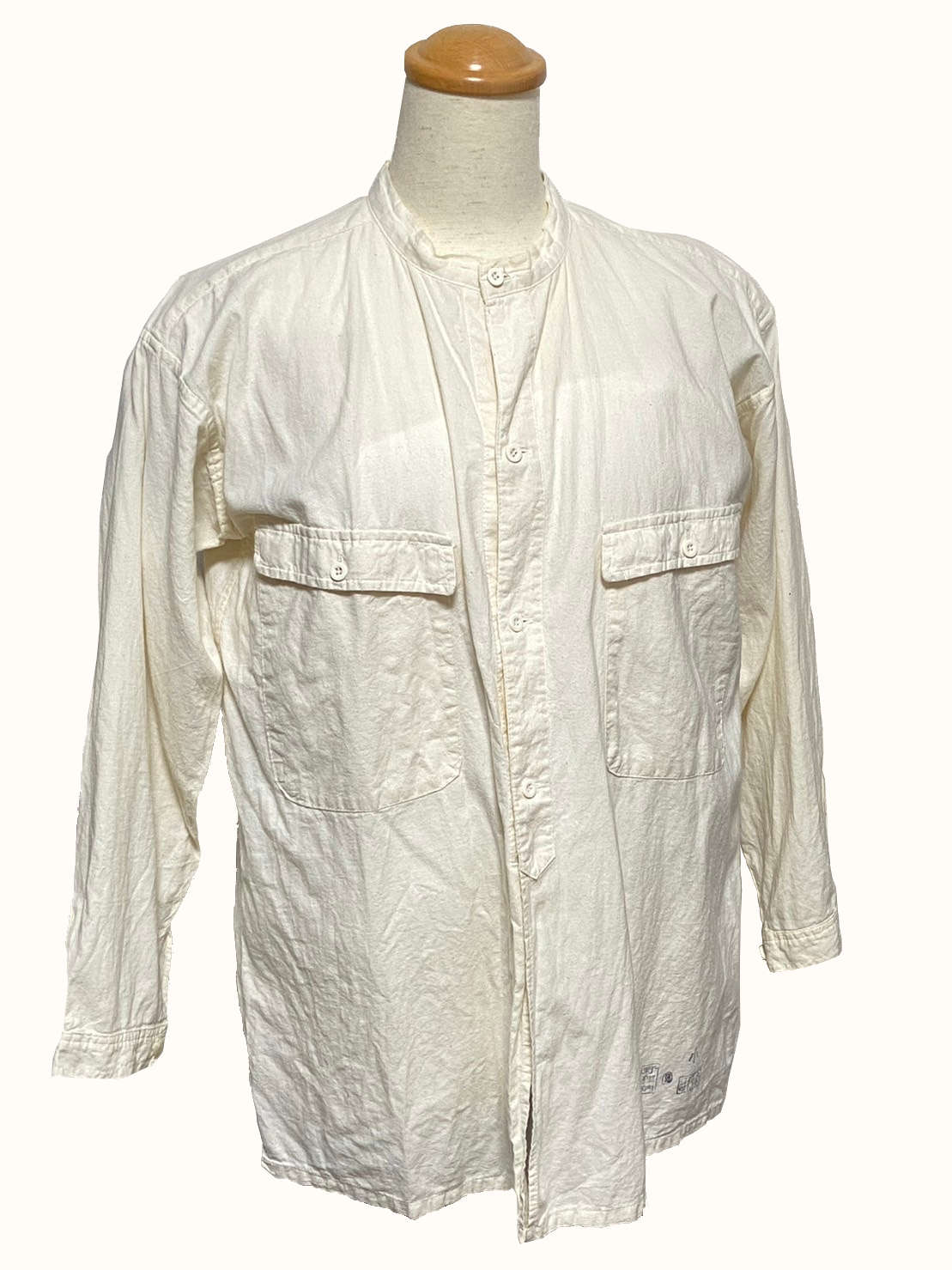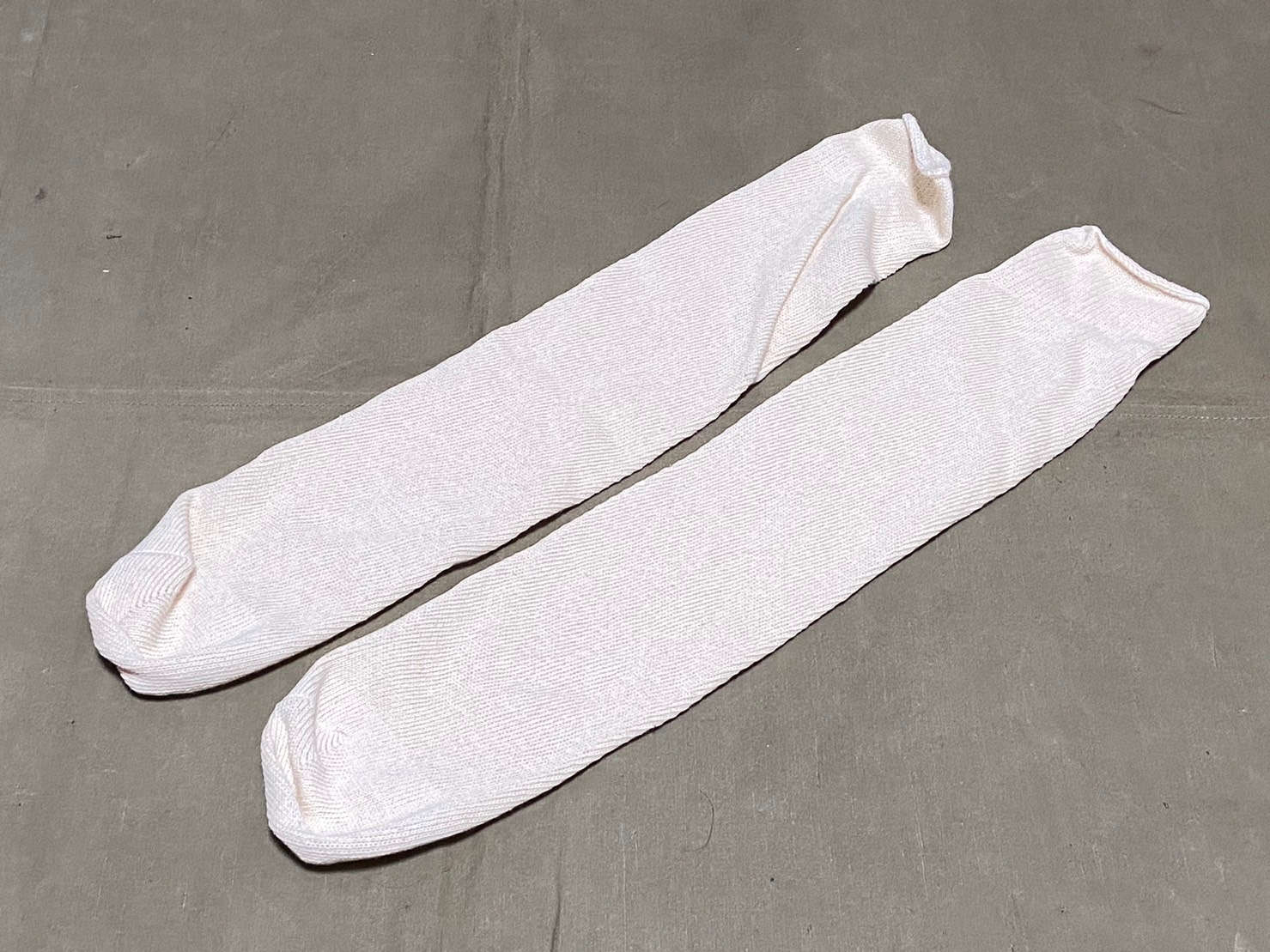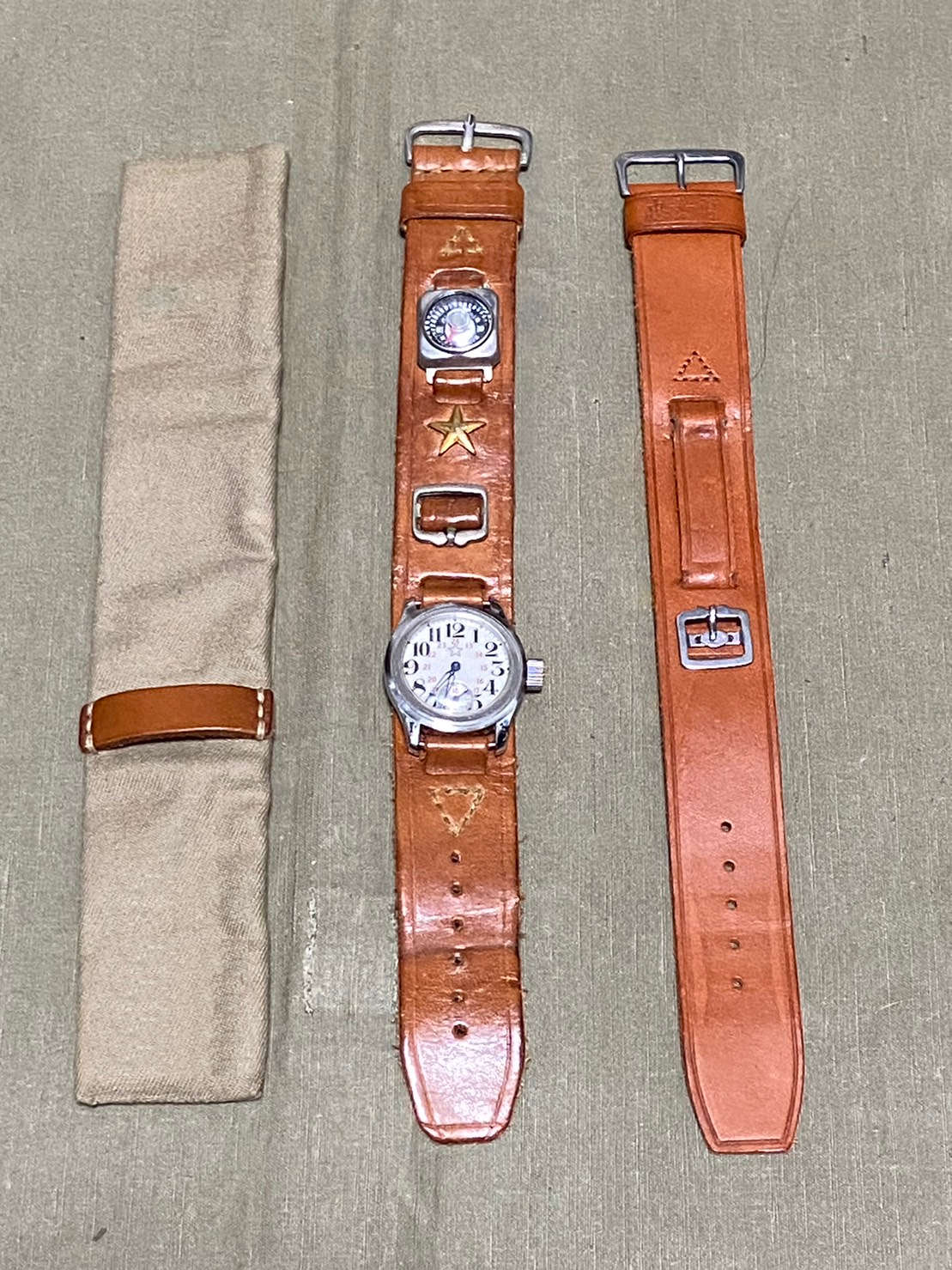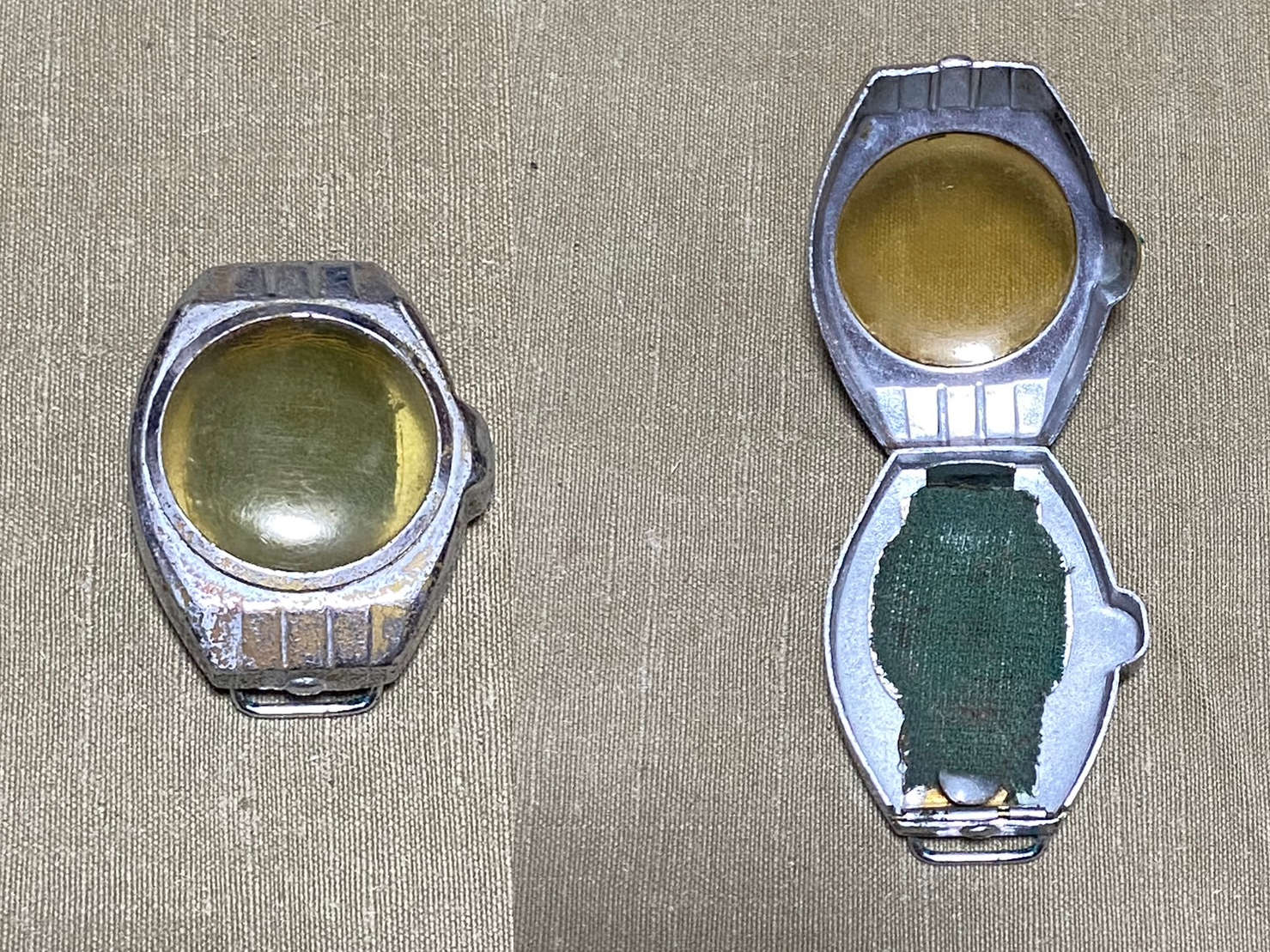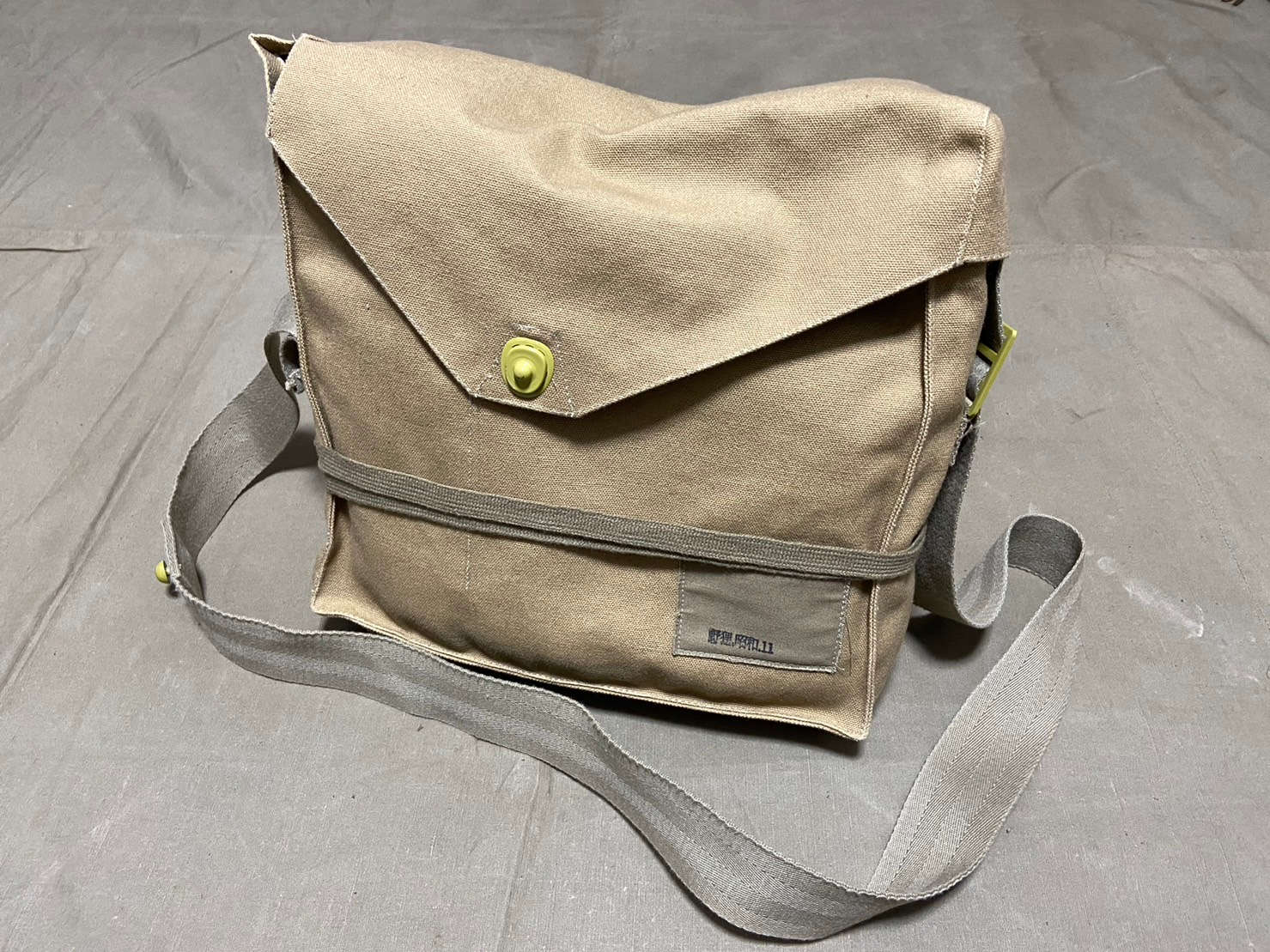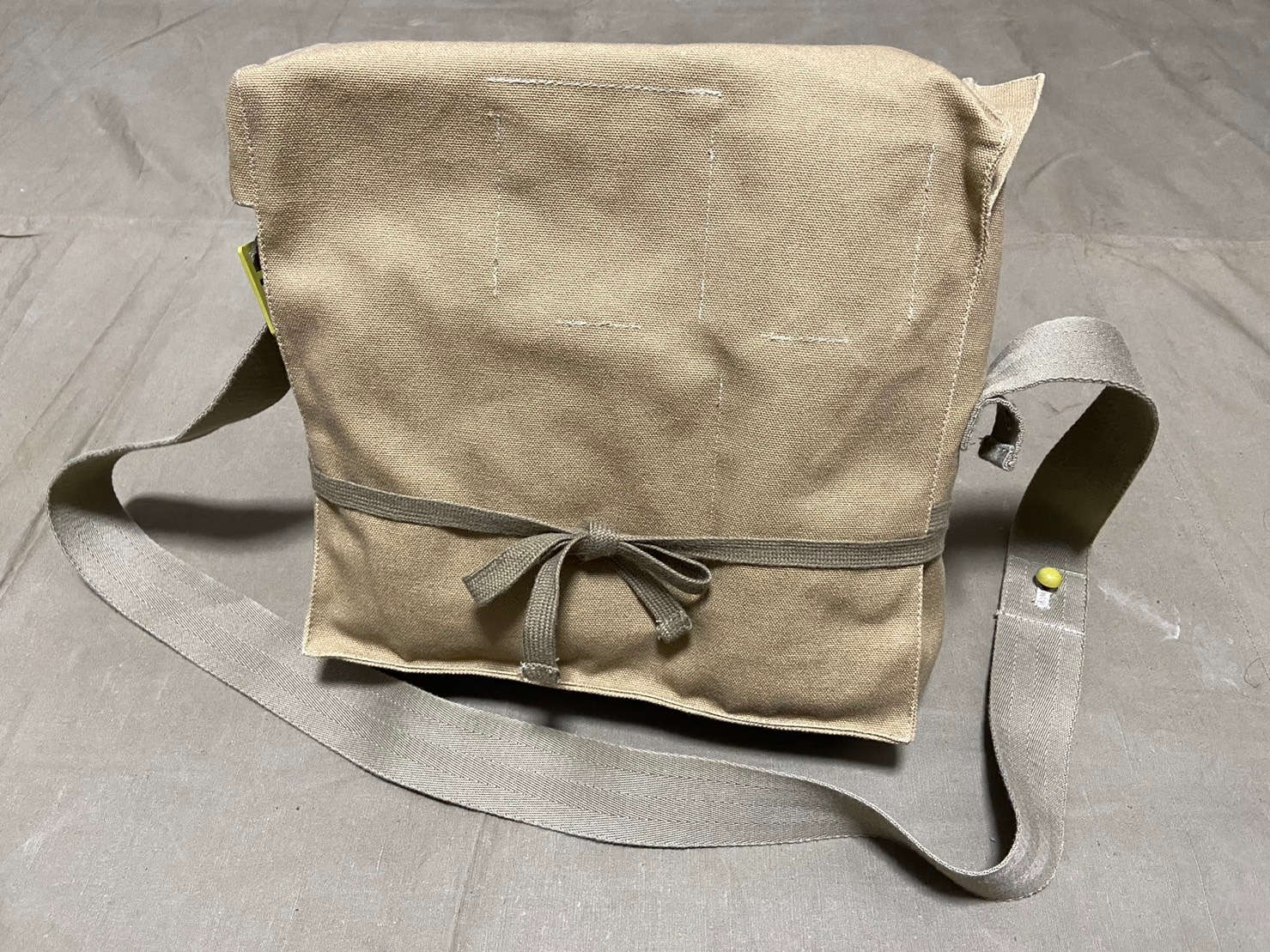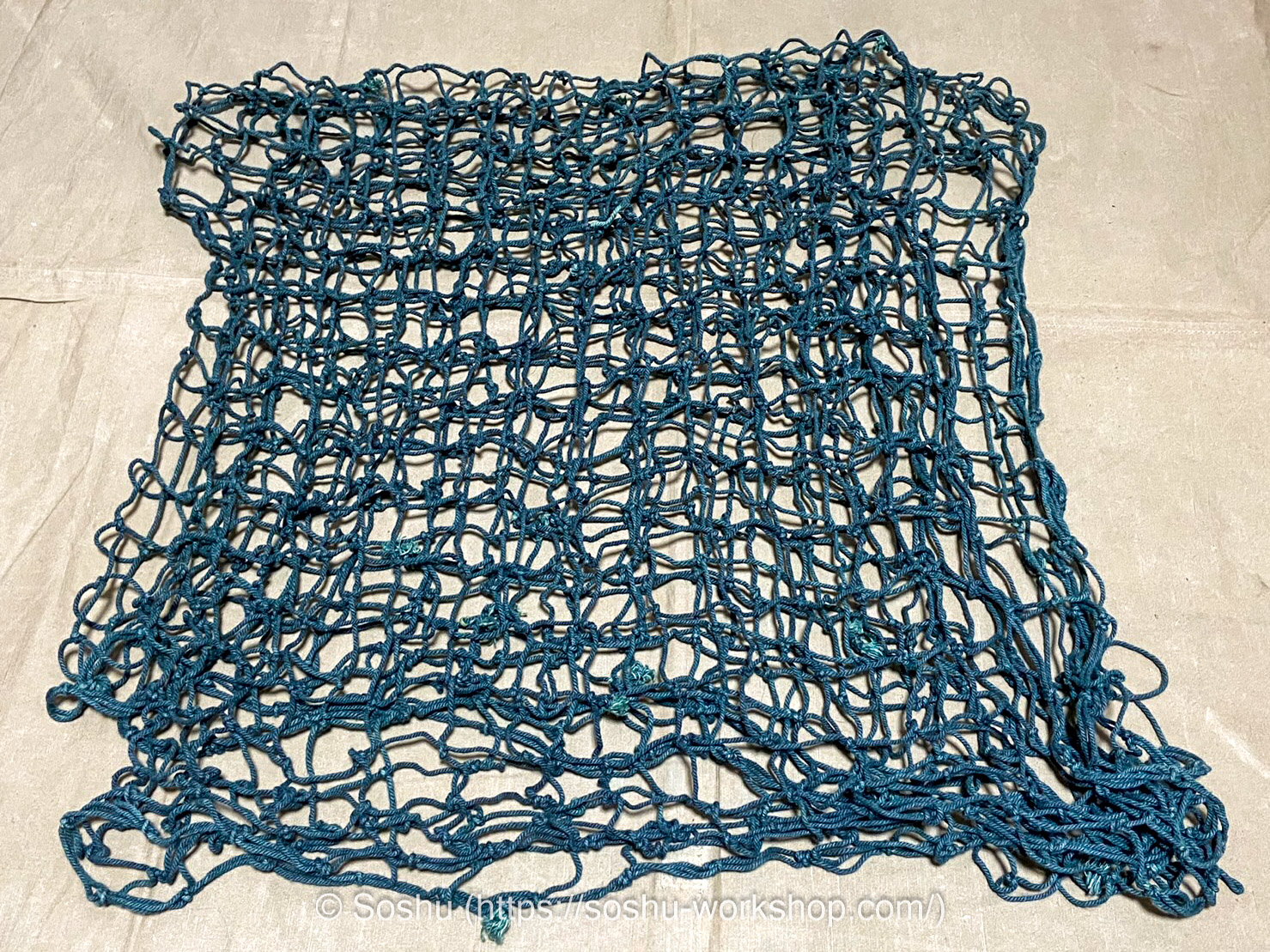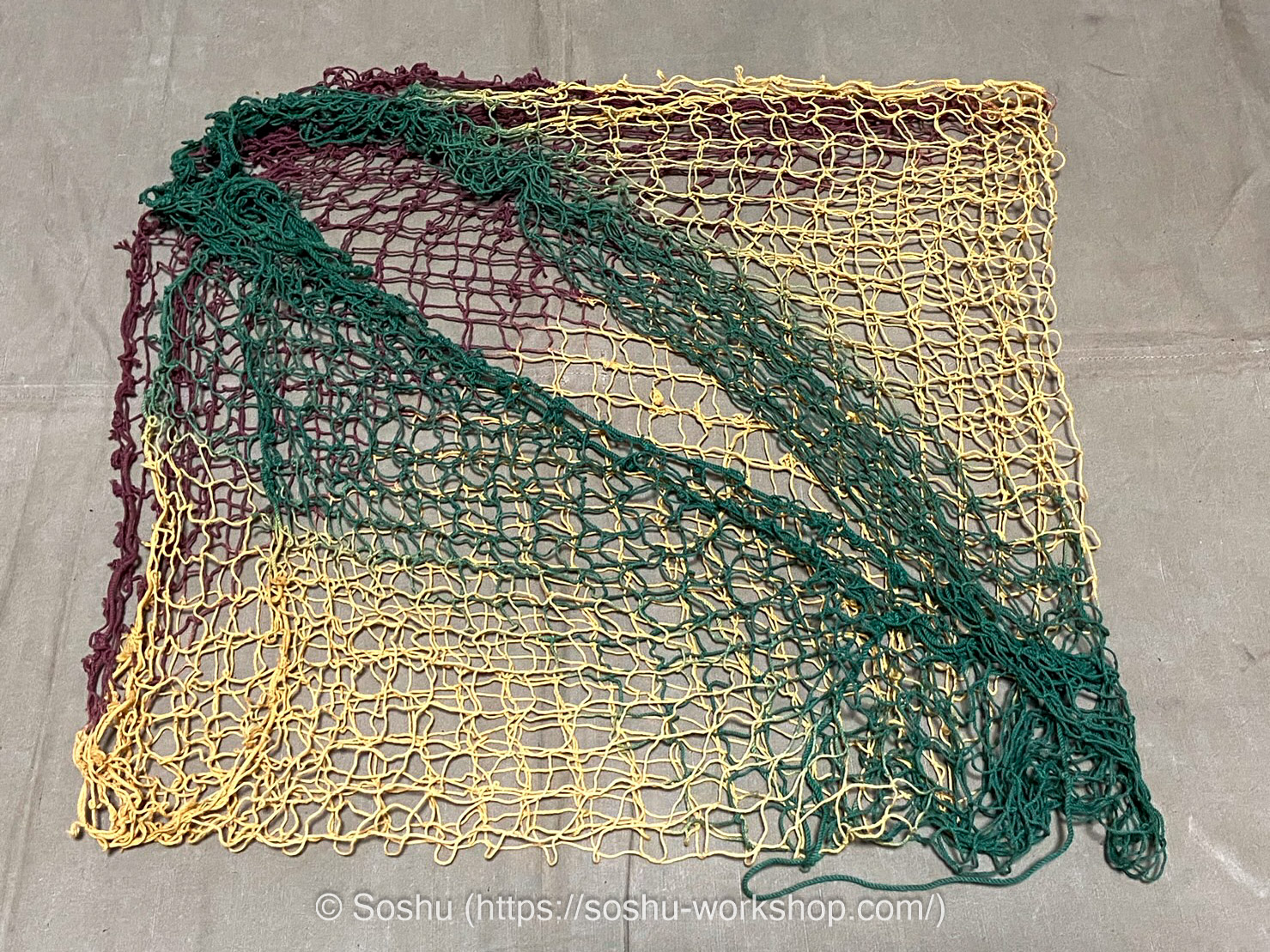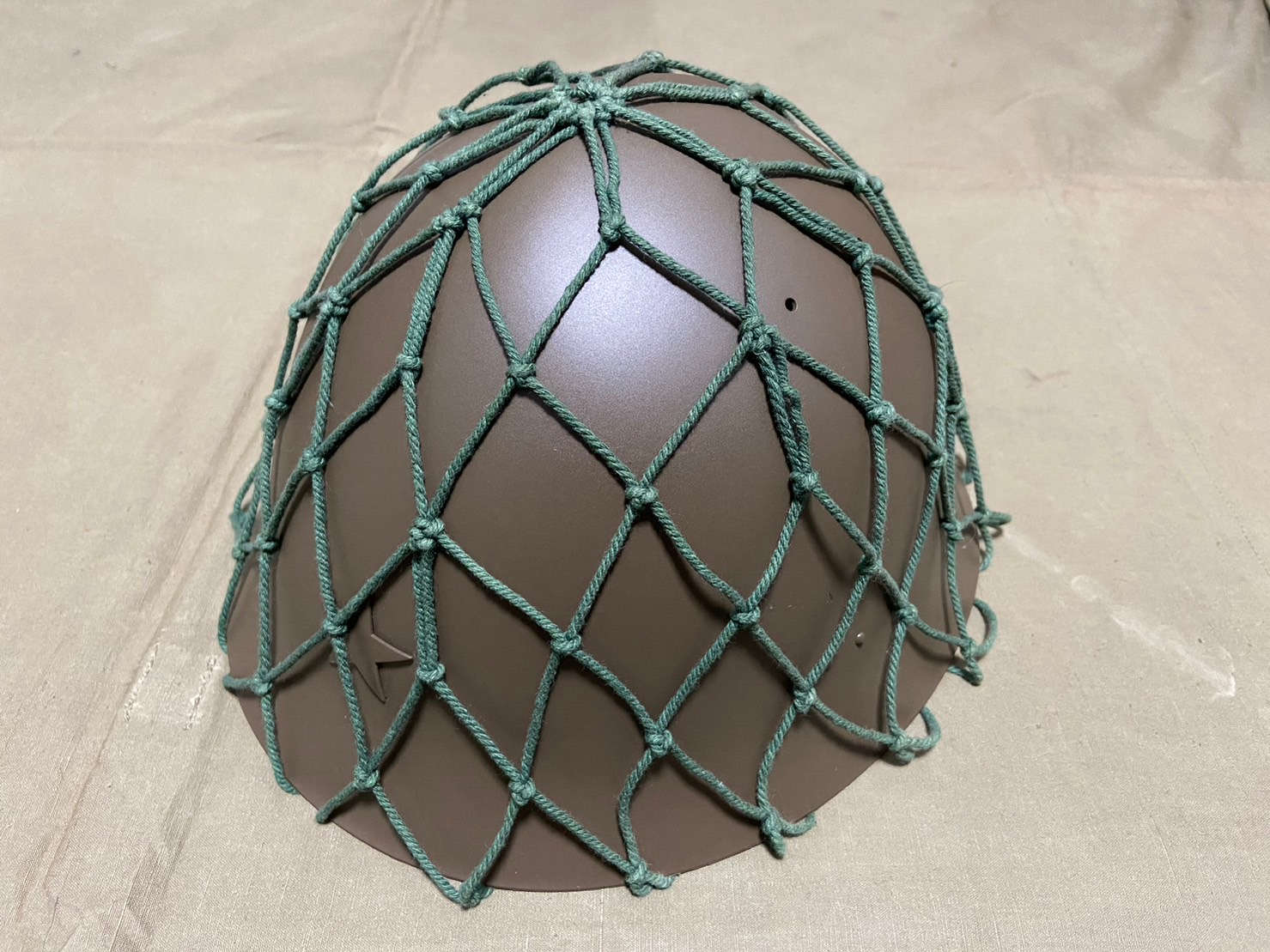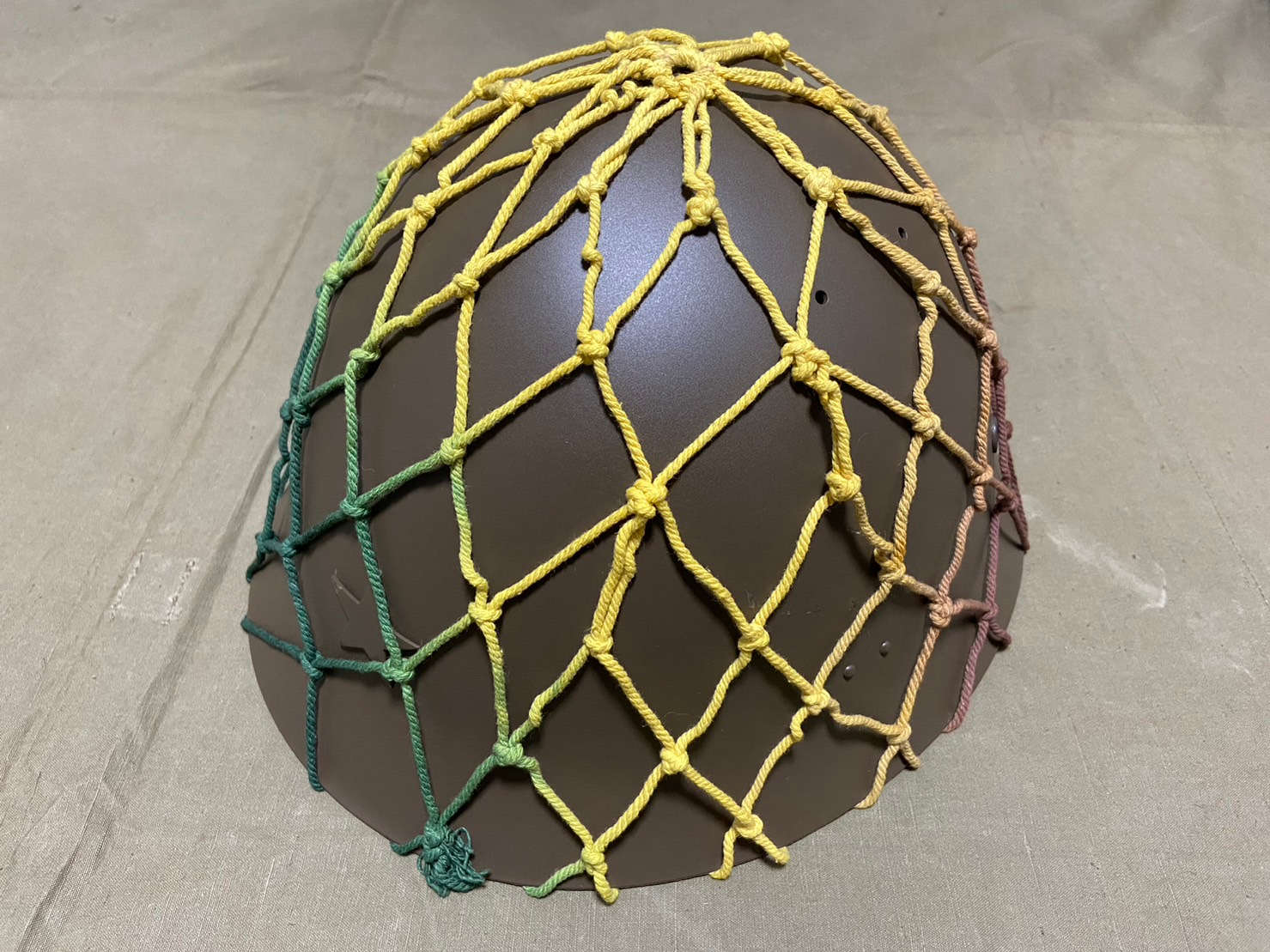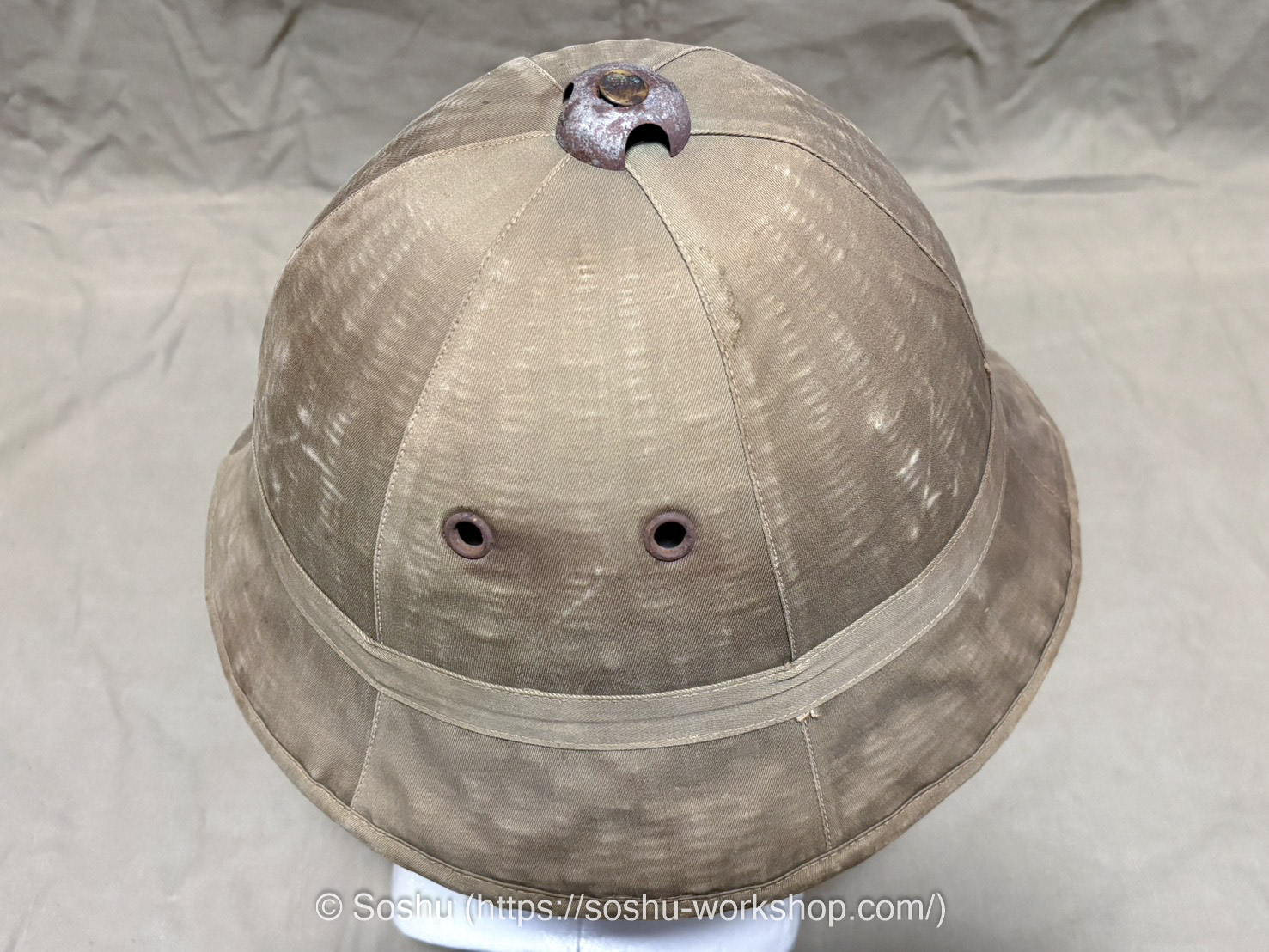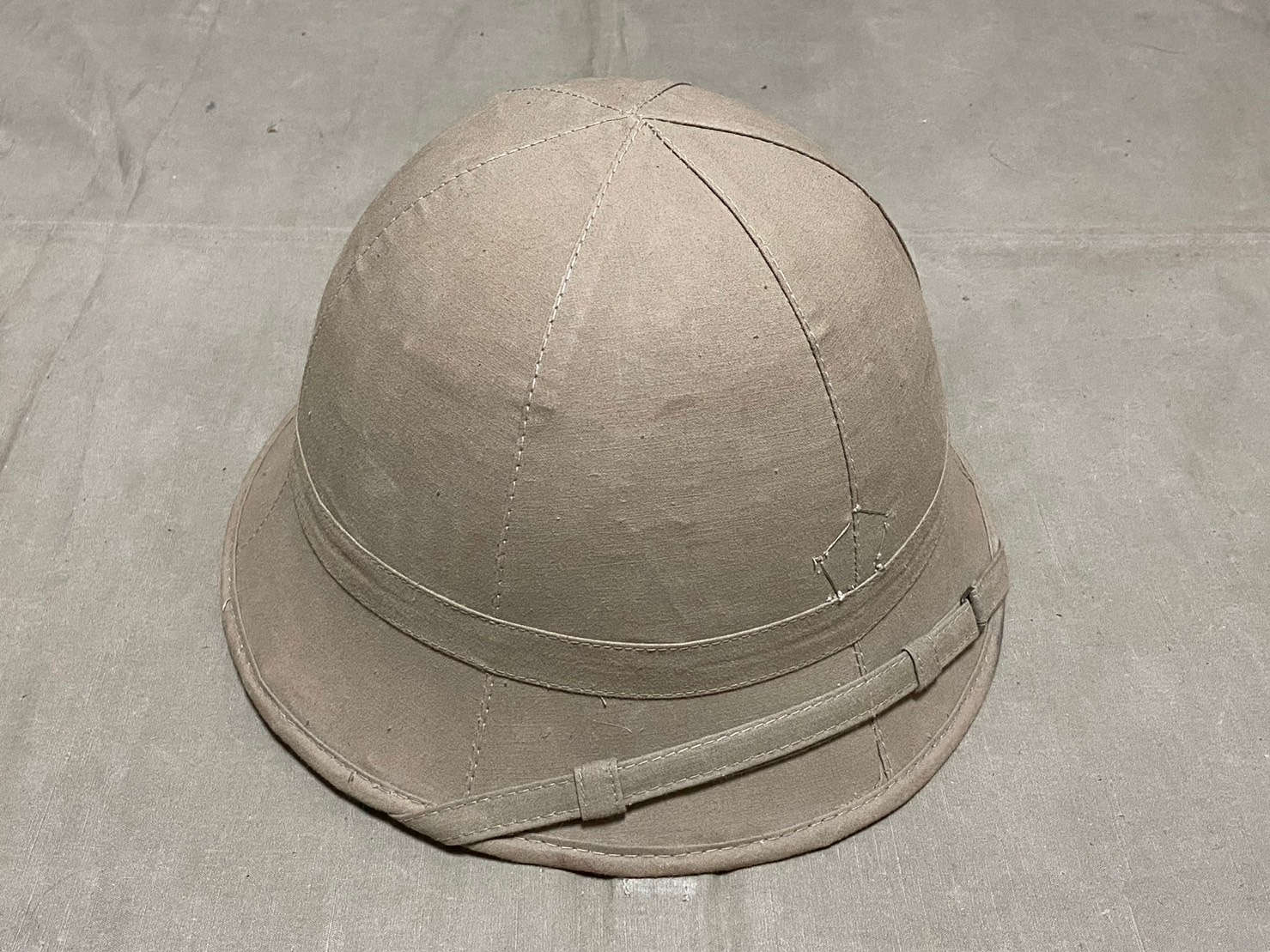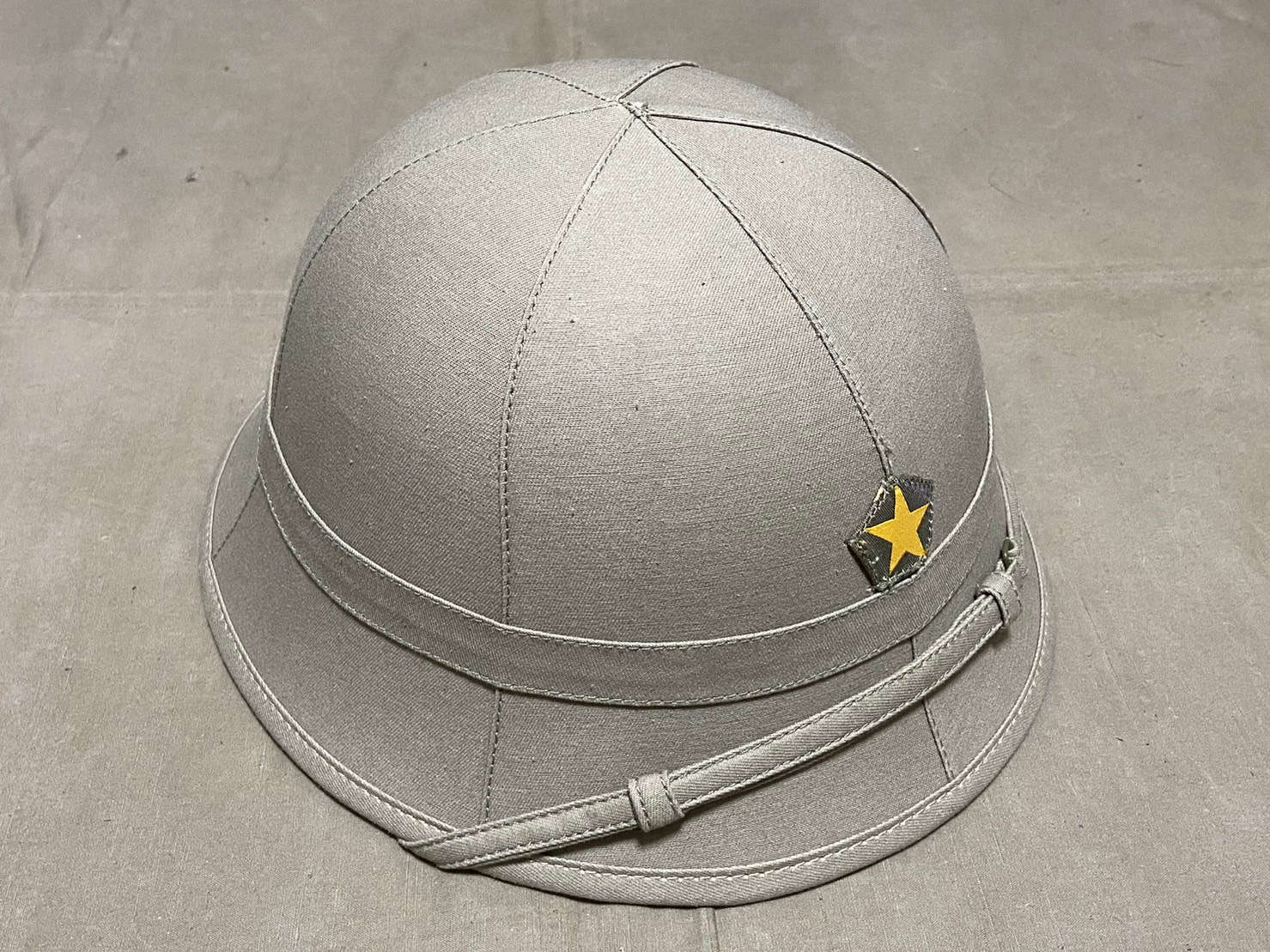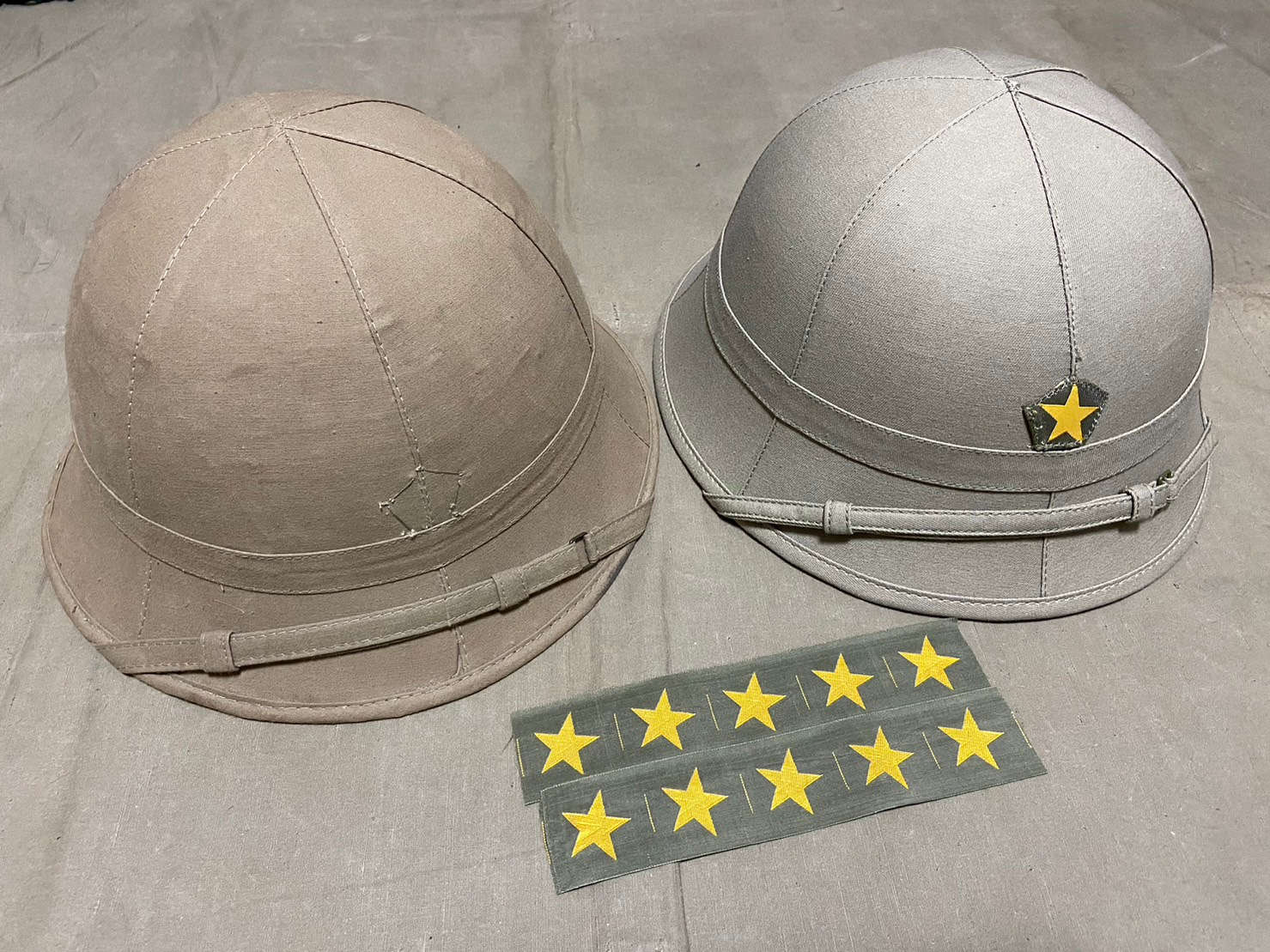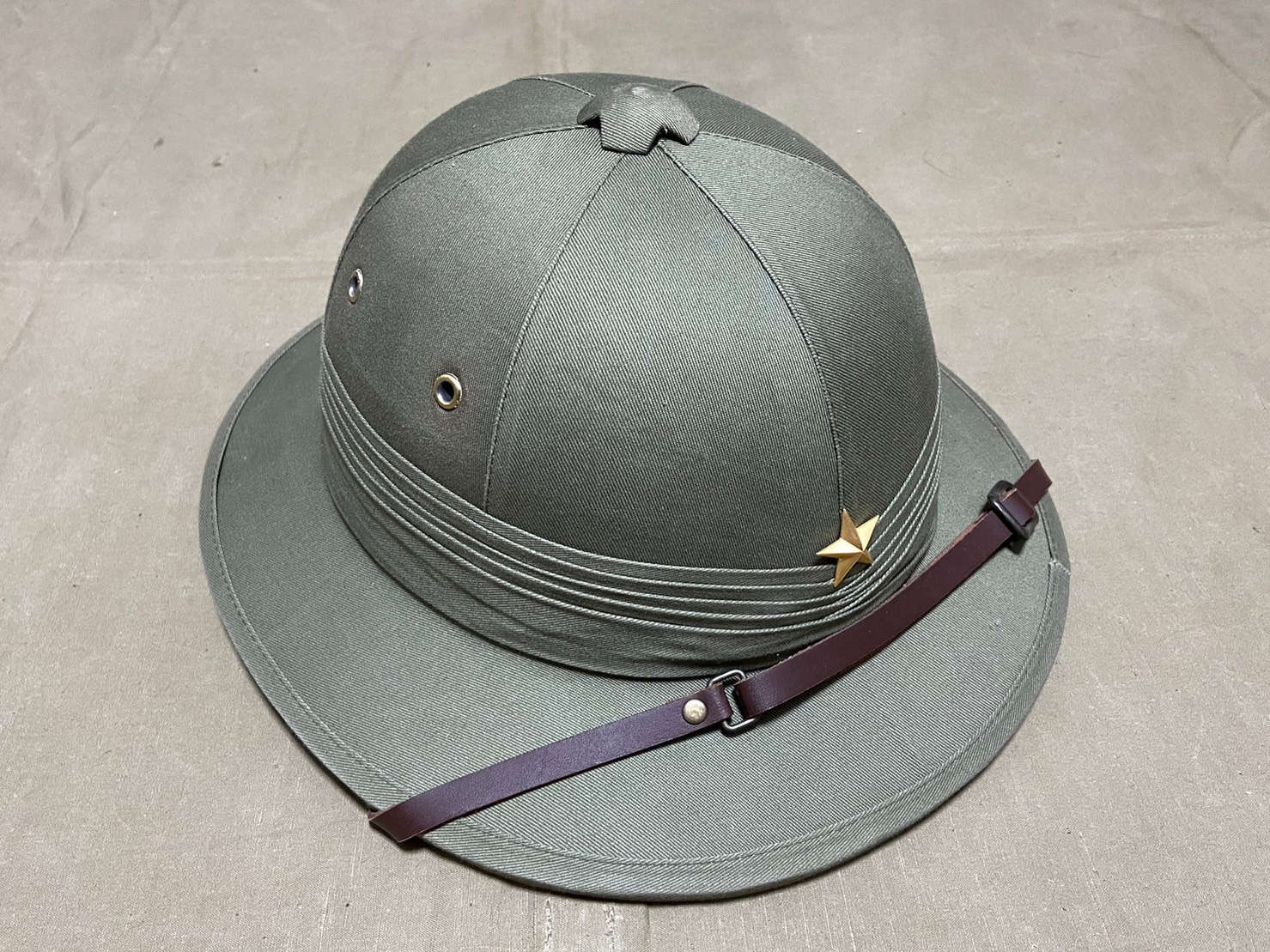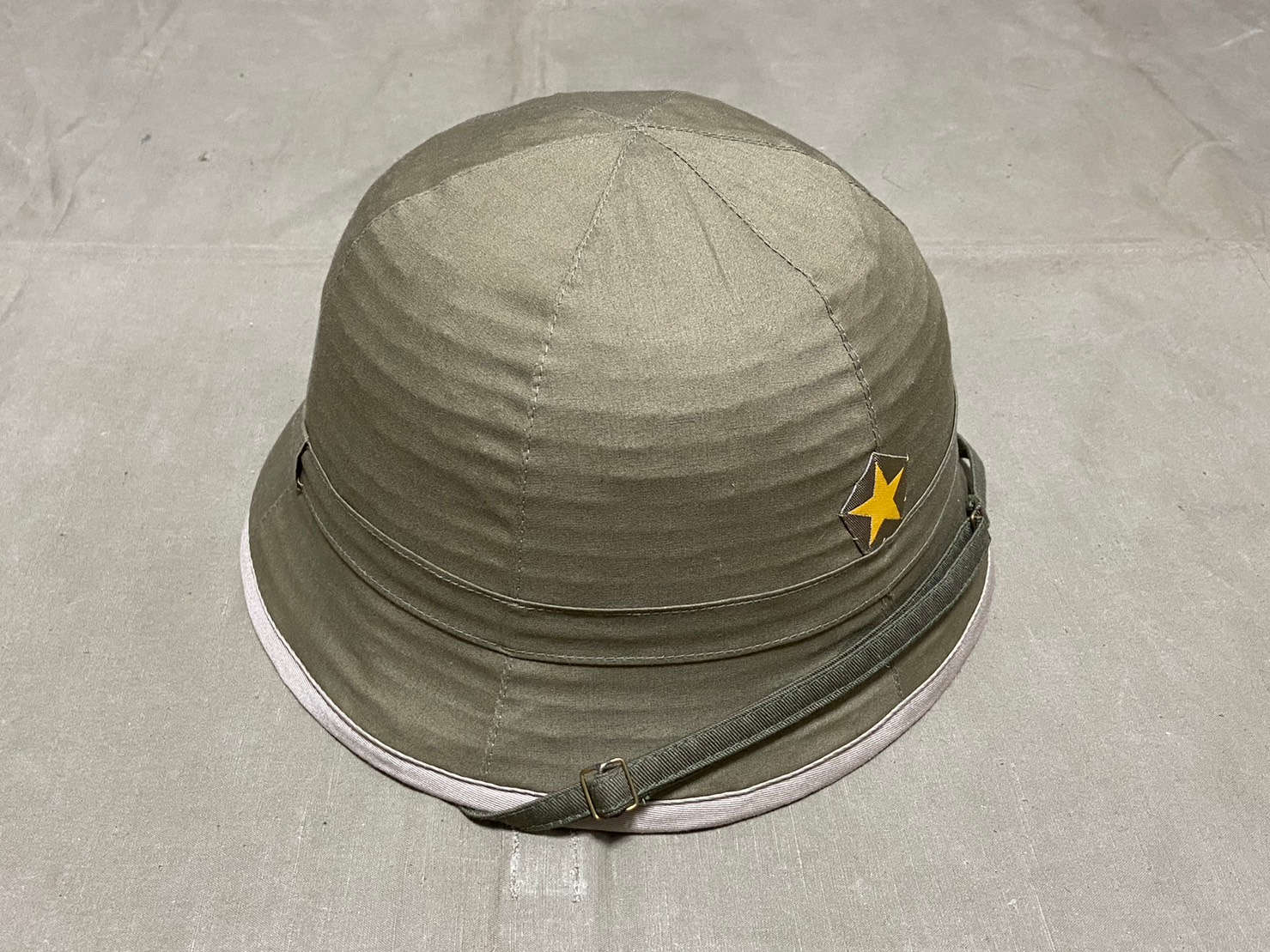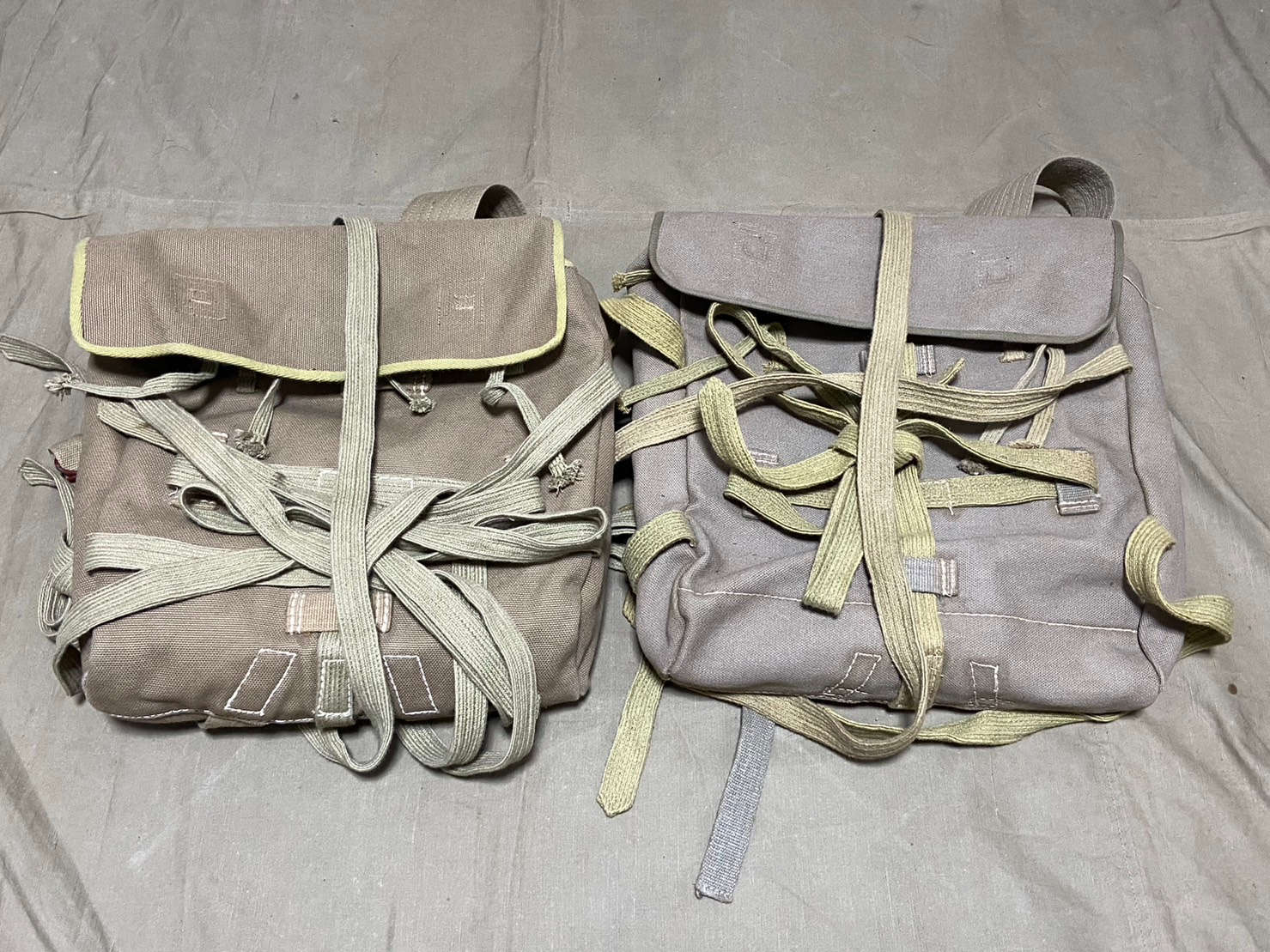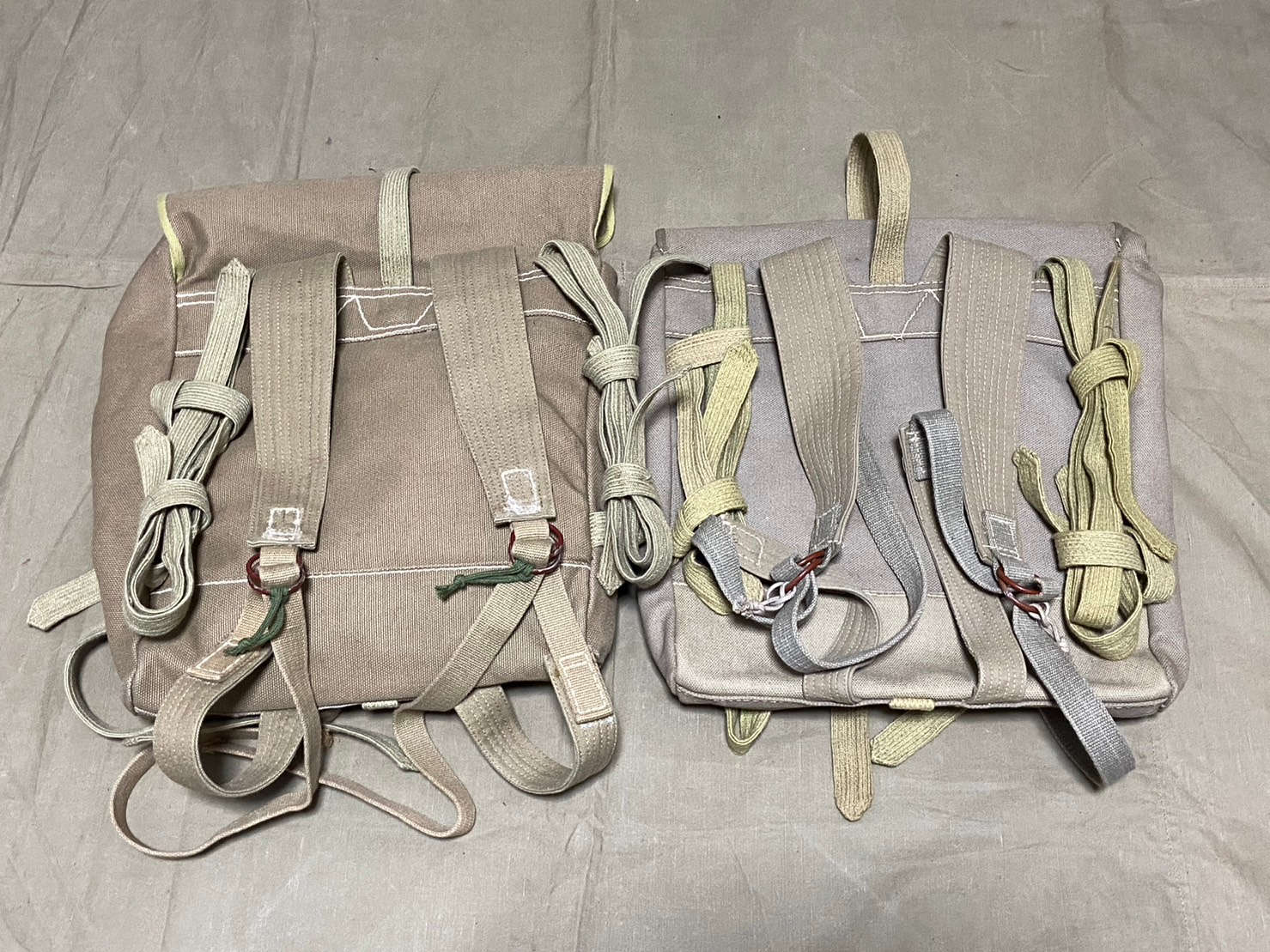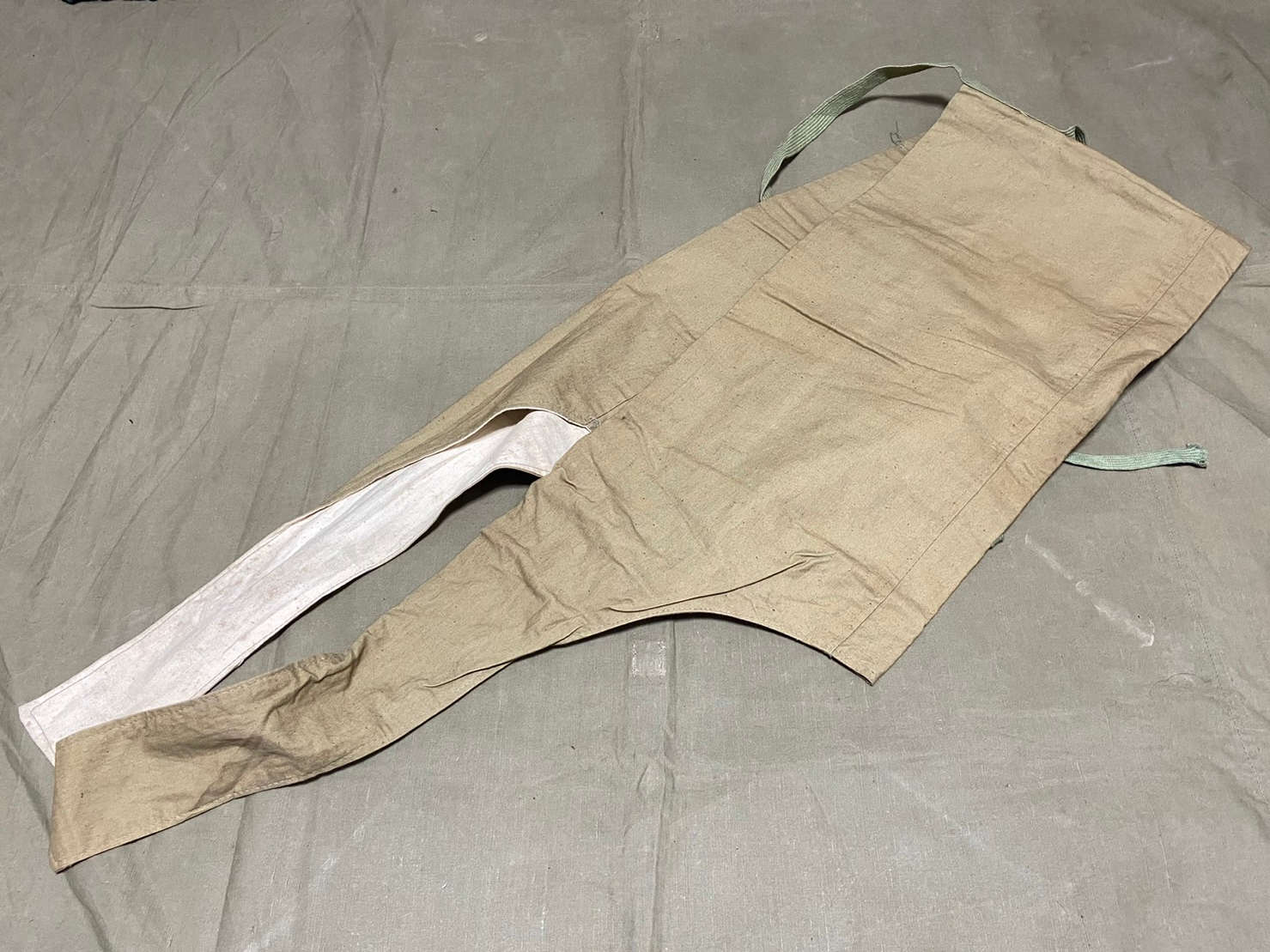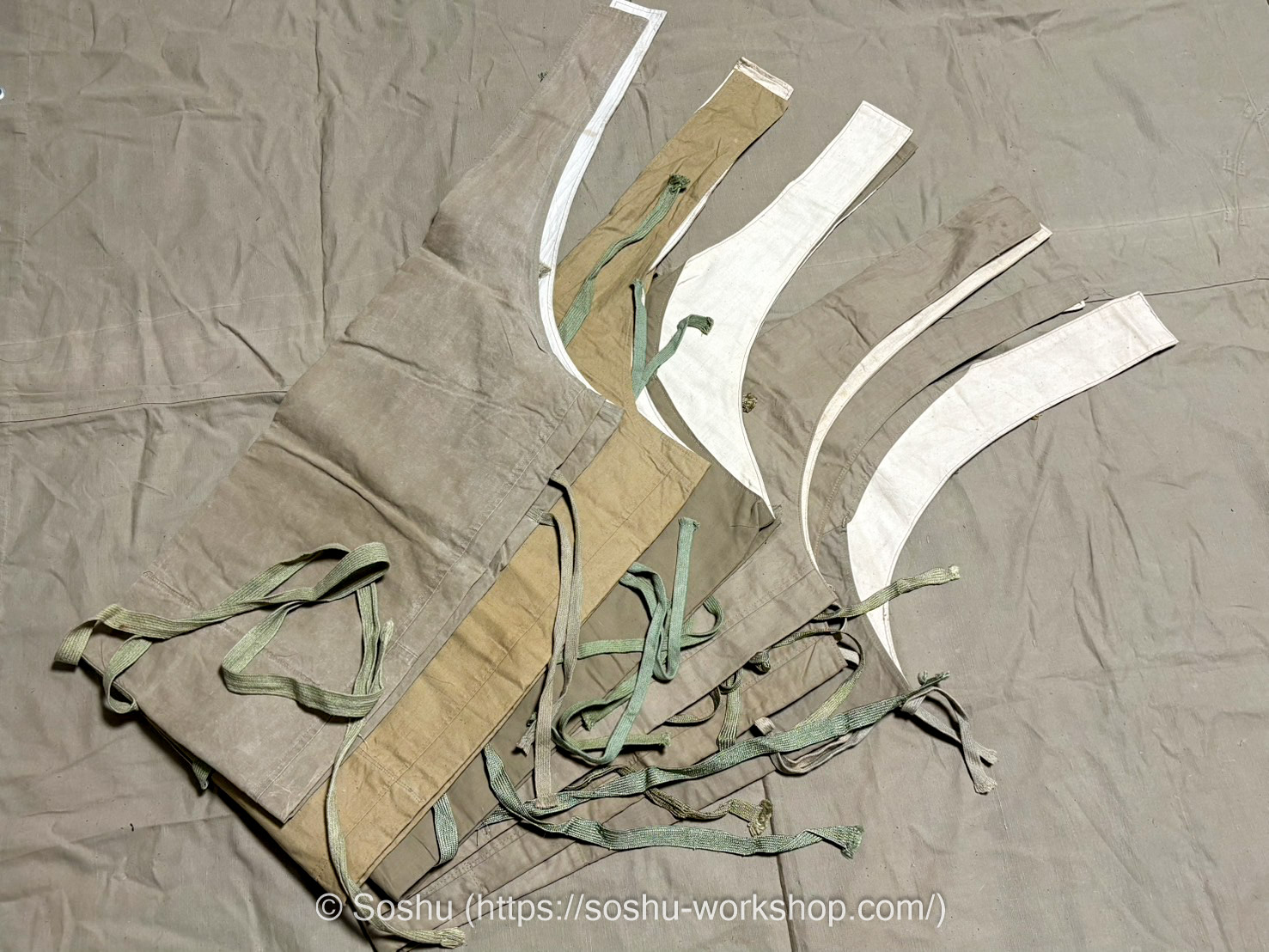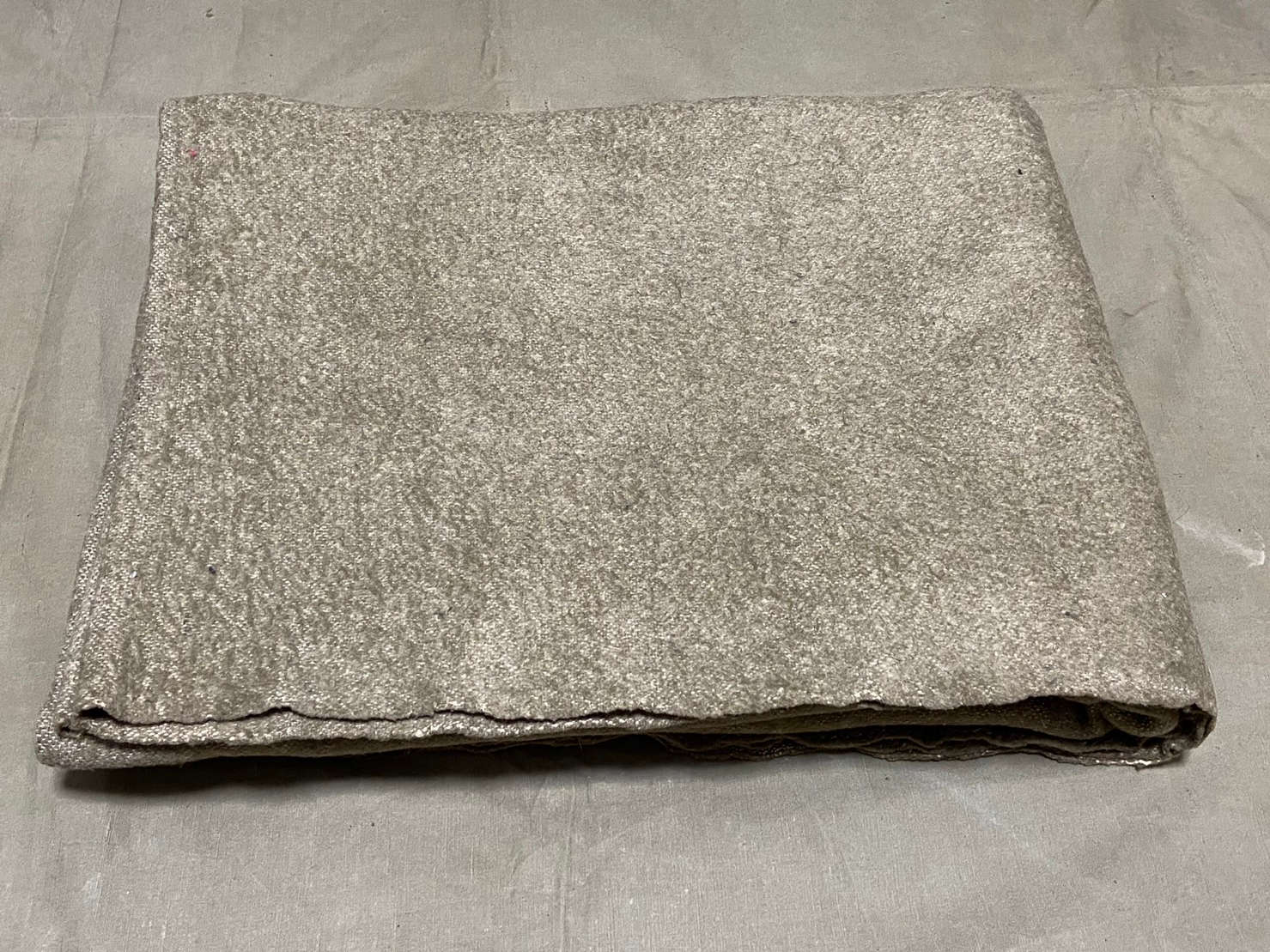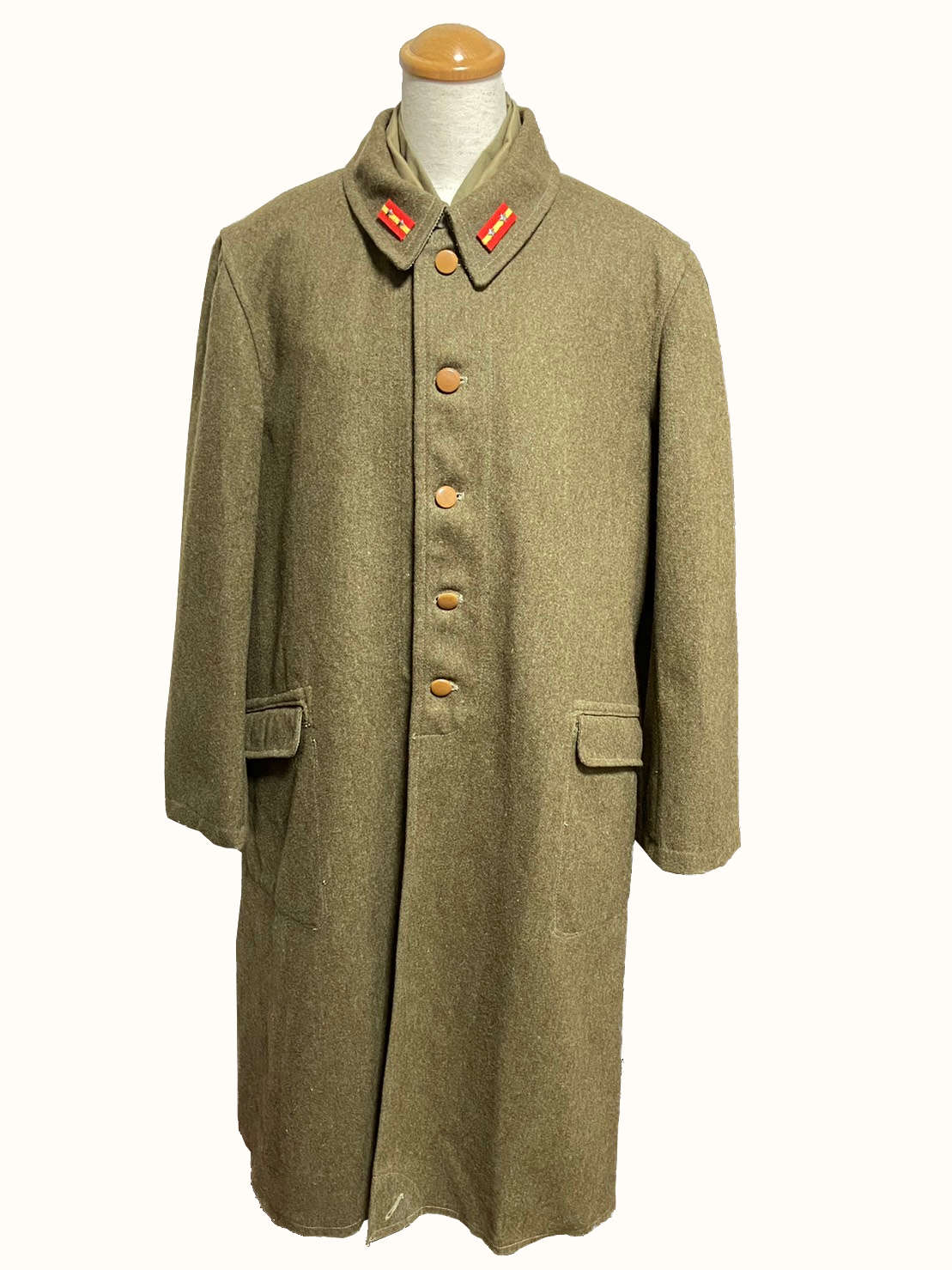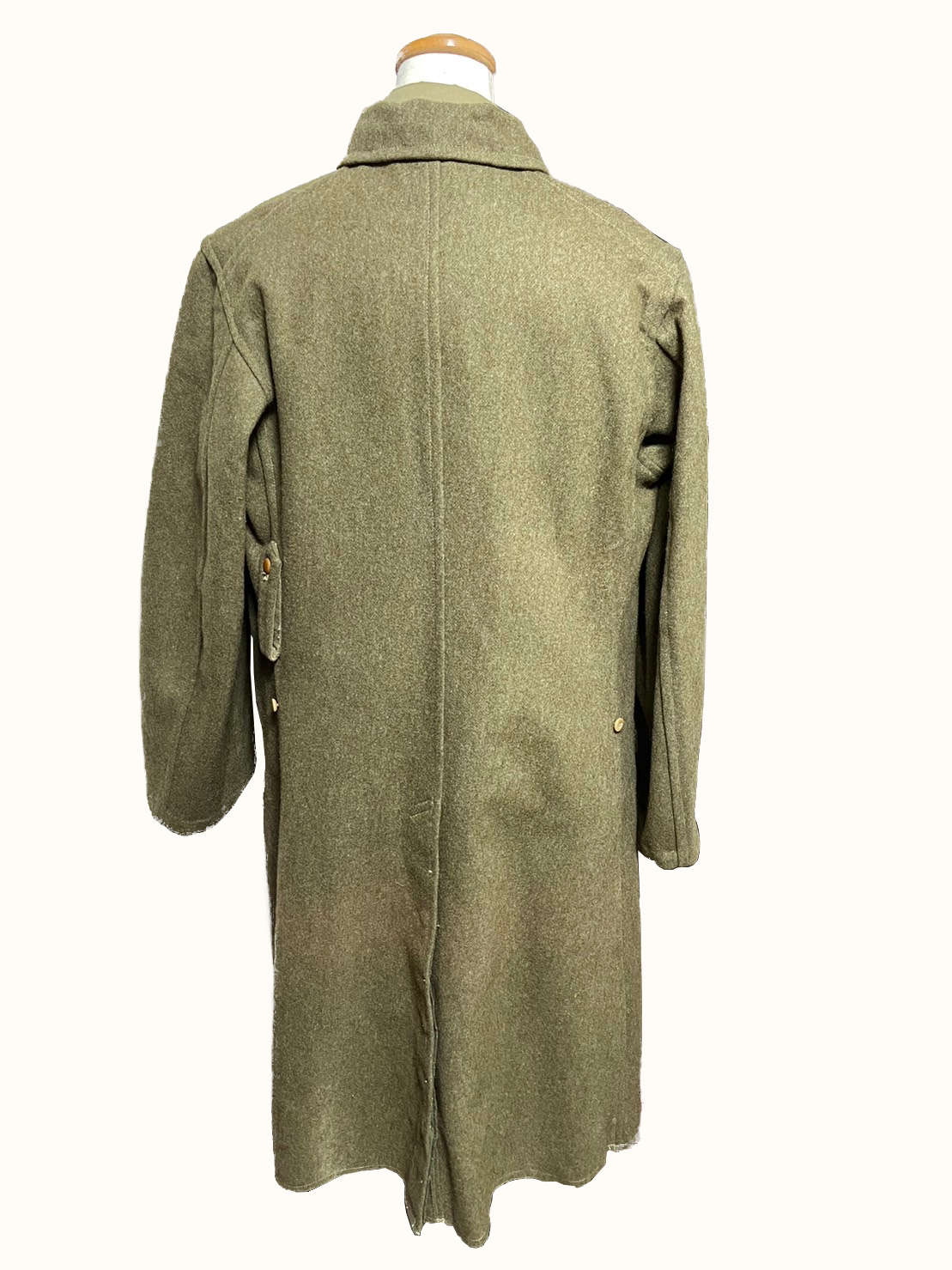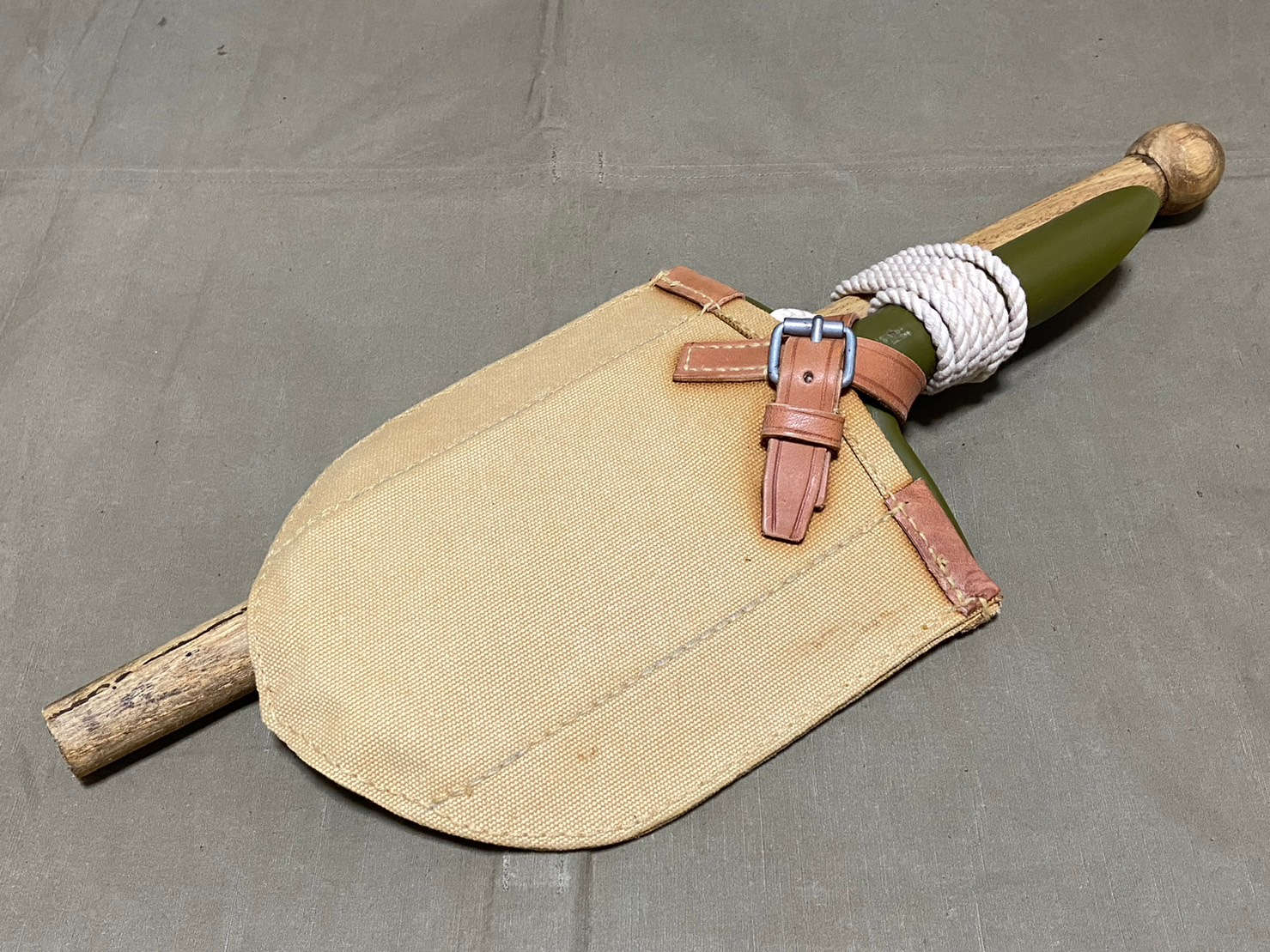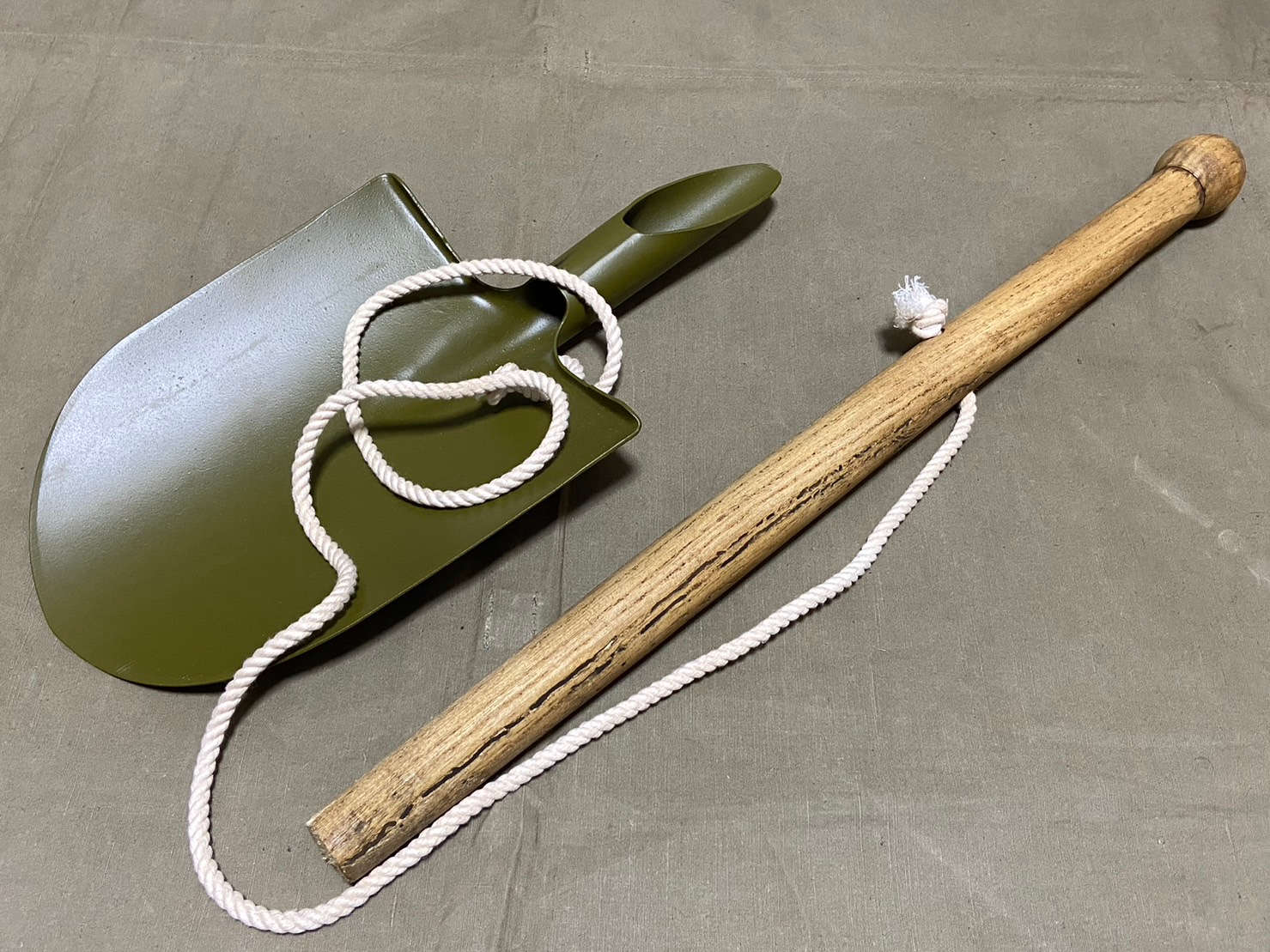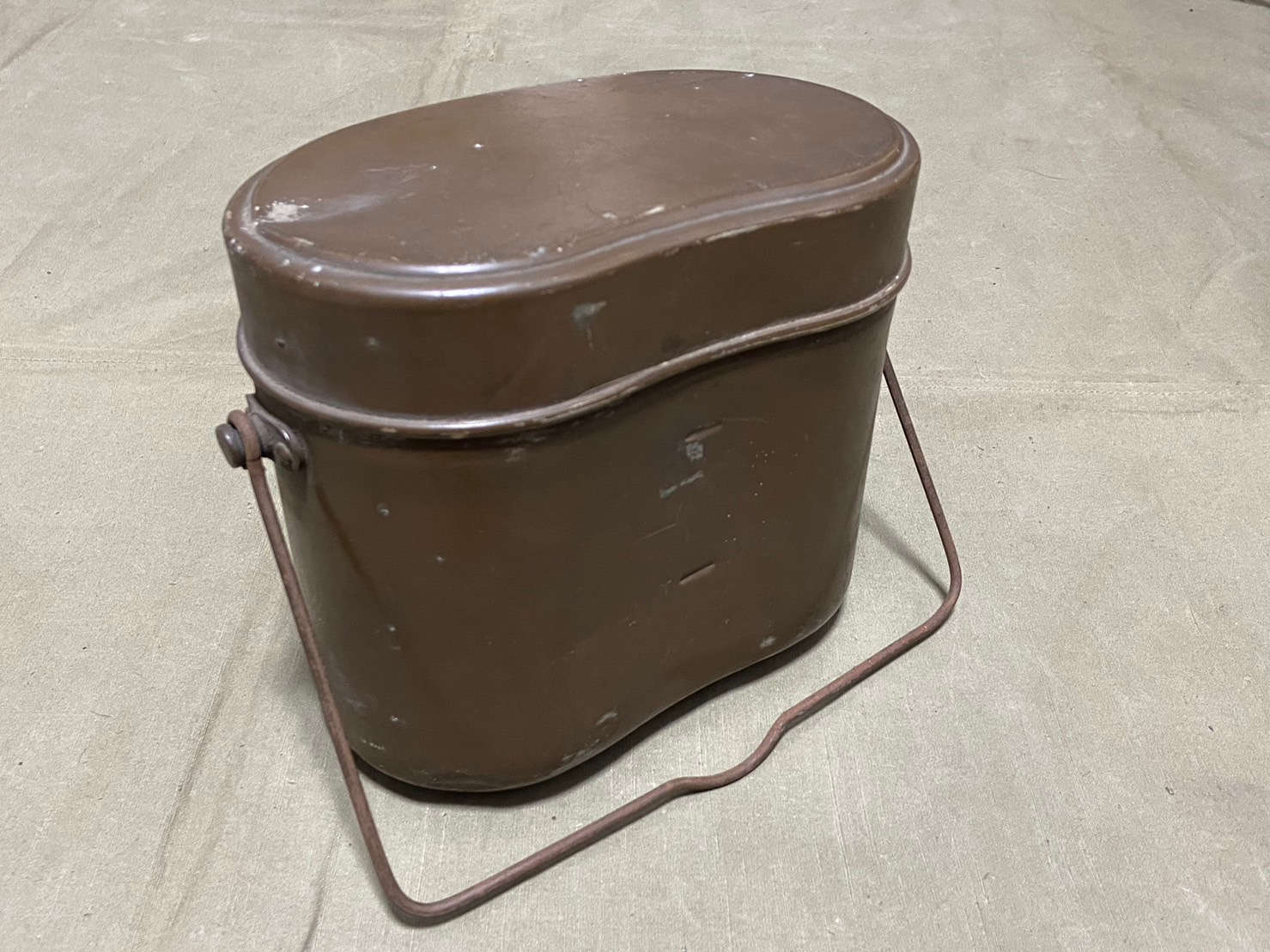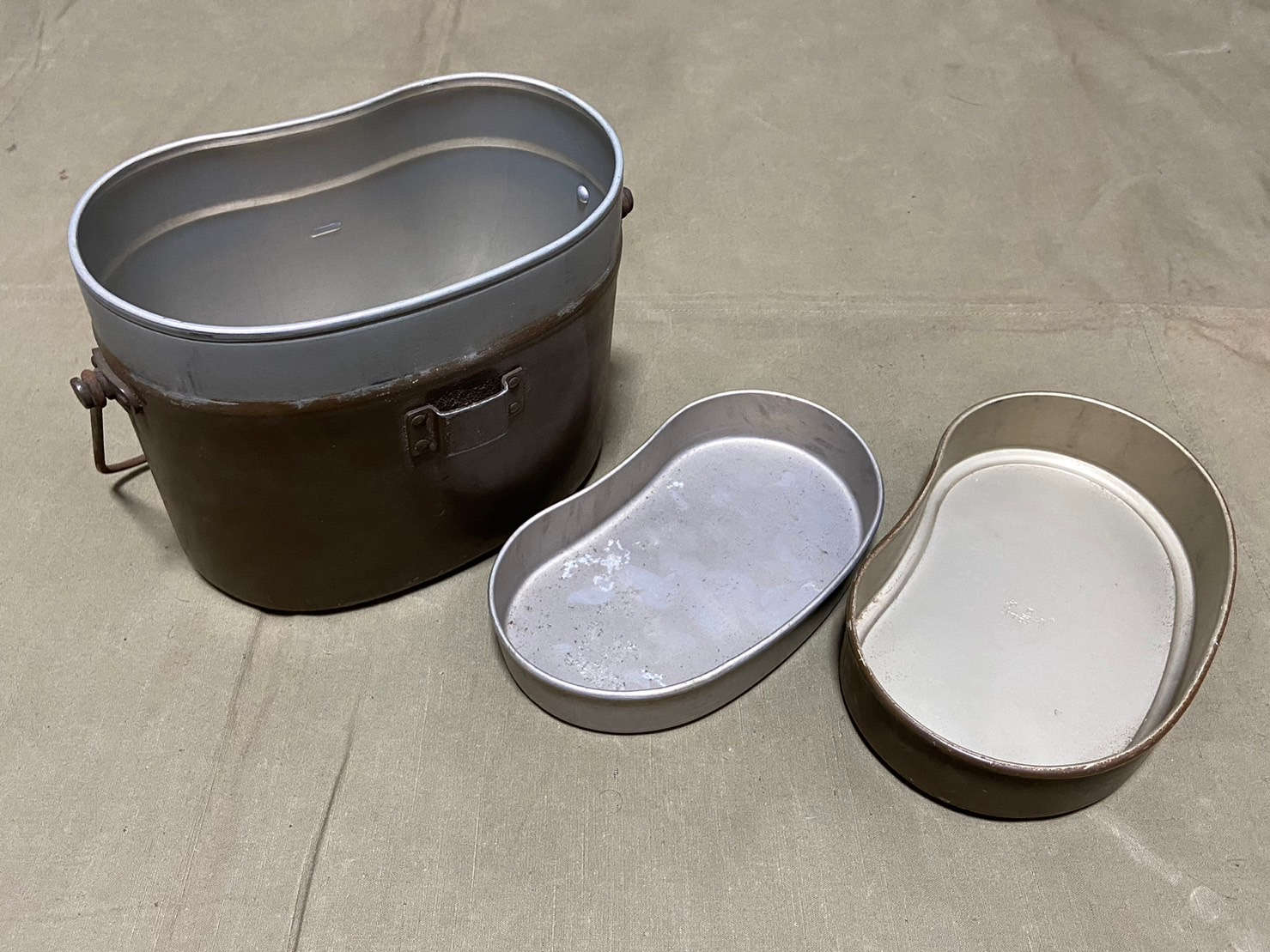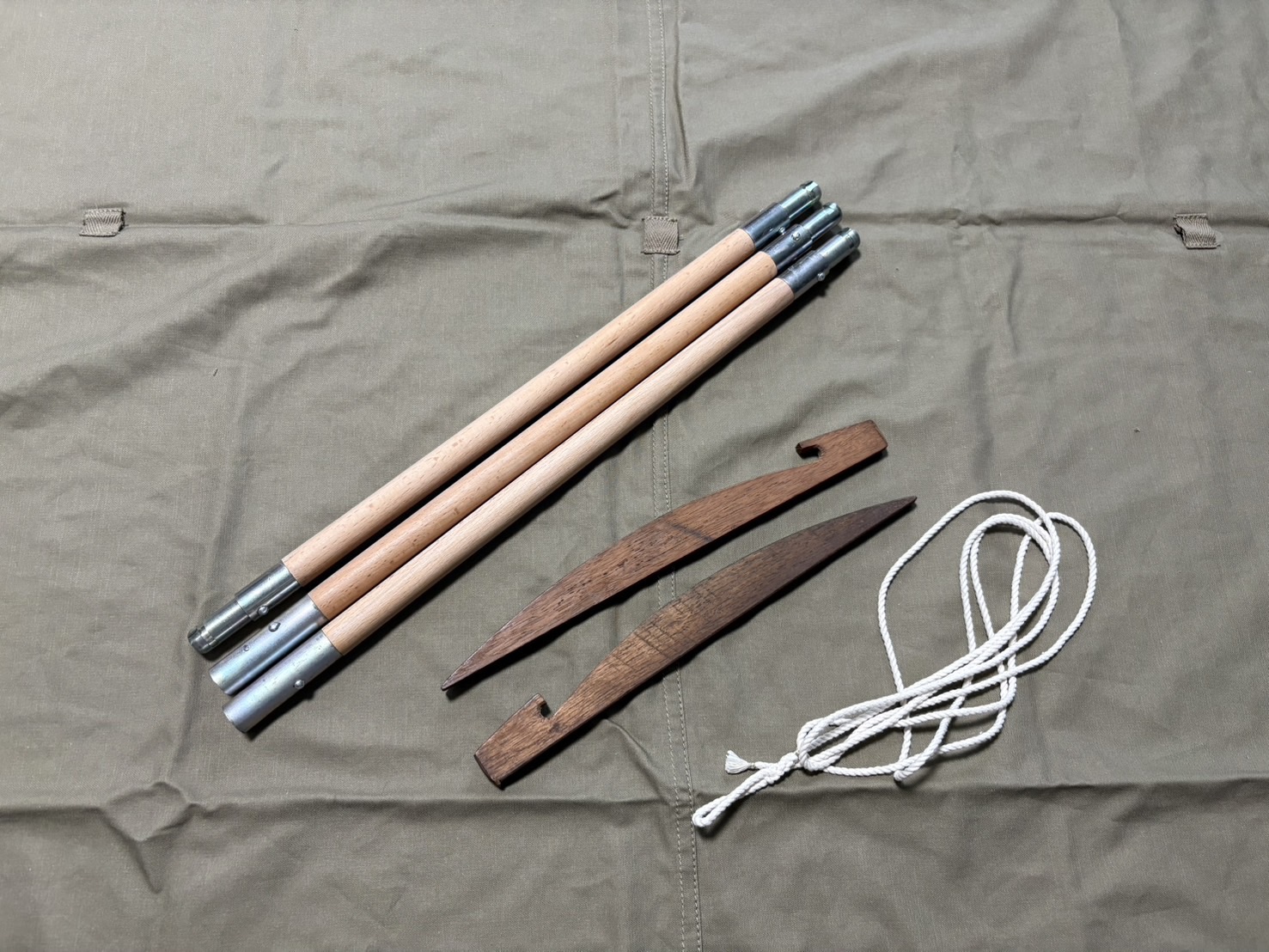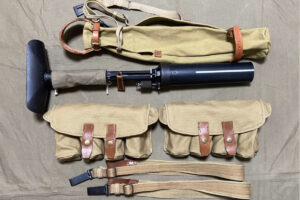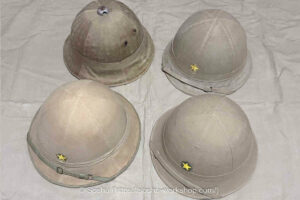I’d like to explain how to collect the basic infantry equipment for an Imperial Japanese Army soldier. Trying to assemble a complete uniform from the start can be quite challenging. Therefore, I’ll provide guidance on what to collect, prioritizing items, over several installments.
| Priority | Standard |
|---|---|
| Beginner | Collecting a military uniform. |
| Intermediate | Collecting official military-issued gears. |
| Advanced | Collecting full kit |
In this advanced edition, I will introduce items that are not only essential for full kit but also pay attention to details that may not be readily visible. If you have been able to collect items up to this point, you should be well-equipped to participate in strict reenactments adhering to regulations. Most importantly, along the way, you will likely have acquired sufficient knowledge about the uniforms and weapons of the Imperial Japanese Army.
Undergarment
Undergarment (Juban/襦袢) is a shirt worn underneath military attire. It is similar to wearing a shirt under a suit or school uniform. You wouldn’t know it until the military uniform is taken off, but there’s a distinct difference in preference between revealing a modern patterned T-shirt and revealing the juban.
In the early stages, juban were predominantly white in color, while later on, khaki became a common choice. HIKISHOP offers the option of white, while S&Graf provides both white and khaki for purchase. There are also products available from Nori.
Since juban has a shape similar to a collarless Y-shirt, Uniqlo’s ‘Stand Collar Shirt’ is a reasonable substitute, available in white or khaki-like colors with two chest pockets, and can be obtained for around 2,000 yen.
For juban sizing, please wear one with sleeves slightly shorter to ensure that the juban sleeves do not protrude beyond the sleeves of the military uniform.
Underpants
Underpants (Koshita/袴下) are also underwear worn underneath military trousers. To prevent the military trousers from getting dirty and wearing out quickly, underpants are worn directly against the skin. Similarly, in modern times, when wearing a good suit, it’s advisable to wear underpants underneath even in summer, allowing the underpants to absorb sweat.
Underpants are not widely commercialized, but they are available at S&Graf.
Military Socks
Military socks (Gun-soku/軍足) are, as the name suggests, socks that were used in the Japanese military. However, the socks sold under the name “Gun-soku” in modern Japan are slightly different. They are made of 100% cotton, have a slightly yellowish natural color, and lack a distinct heel, forming a straight bag-like shape.
Gun-soku, precisely as described, are available on the Rakuten marketplace under the name ‘Heelless Gun-soku.’ There seems to be a hobbyist interest in creating something called ‘Gun-soku dolls,’ contributing to a consistent demand for these socks among individuals engaged in such hobbies in contemporary times.
Wristwatch
Japanese soldiers, most of officers, non-commissioned officers and soldiers, wore personal watches. Timepieces from Seikosha (now Seiko) were particularly popular. Vintage watches from that era occasionally appear for sale on Yahoo! Japan Auctions, but operational mechanical watches can command high prices. Some watches from that time were even worn within dustproof cases. Dustproof cases alone can sometimes be acquired relatively inexpensively.
Replicas of military watches, one featuring a star for the army and another with an anchor for the navy, have been commercialized by Nakata Shoten. However, it seems that they are currently out of stock. Around 2015, when I happened to visit Nakata Shoten, they had just received a large stock of these watches. It’s unfortunate that the watches went out of stock quickly, especially since I were considering buying several, including spares.
Nori sells watch bands with built-in compasses. They are of excellent quality, so I have also switched from Nakata Shoten’s bands to Nori’s for my use.
Regarding watches, it’s worth noting that many soldiers would wrap cloth around their wrists under the watch to prevent the degradation of the watch band. Using surplus fabric, such as collar cloth, is a good way to create this cloth. Since each soldier likely prepared it individually, there were no specific specifications. Additionally, some soldiers also wore compasses in place of wristwatches.
Gas Mask Bag
In the Imperial Japanese Army, the gas mask bag was referred to as Hikō-nō (被甲嚢). This too is a type of clothing, and each individual was issued one. Because the bag was exceptionally convenient, there were many soldiers, especially on the battlefield, who discarded the gas mask inside and used it to carry other items. There were two types of gas mask bag: the Type 95 adopted in 1935 (Showa 10) and the Type 99 adopted in 1939 (Showa 14). If one possessed the longer-used Type 95 gas mask bag, it can be used across a broad period from the era of the Showa 5 Type military uniform to the era of the Type 98 military uniform.
You can purchase the gas mask bag from HIKISHOP or Nori. HIKISHOP offers two types of gas mask bags, both of which seem to be modeled after the Type 95. Nori’s gas mask bag is based on thorough research of the actual item and is designed to replicate the Type 95 gas mask bag.
Regarding the gas mask components, there are two types: military gas masks actually used by the army and civilian gas masks used by civilians for air raid precautions. Military gas masks were classified as military secrets, so there are few existing ones, making them extremely expensive. Recently, there was a well-preserved one listed on Yahoo! Japan Auctions, but I lost the bidding even at 70,000 yen.
Some of my friends have replaced the lenses of civilian gas masks with mesh or polycarbonate to use them as masks for airsoft games. The gas mask bag itself is also convenient for airsoft, as it allows them to carry various items such as spare BB pellets, gas canisters, and more.
Camouflage Net
Camouflage nets (Gisō-mō/偽装網) come in two main types: those designed for helmets and those for the body. They are available in two color options: solid green and a three-color camouflage pattern of green, yellow, and brown.
At HIKISHOP, both helmet and body camouflage nets are available. The green helmet nets can be purchased as a set with helmet covers. However, it seems that the size of HIKISHOP’s helmet covers and camouflage nets is slightly small. Once removed from the helmet, reattaching them can be quite challenging.
Nori offers high-fidelity replicas, including tricolored camouflage nets, not just the green ones. However, it seems that the production of tricolored camouflage nets is limited due to cost considerations. While green body camouflage nets used to be listed in their product catalog, they seem to be less common recently. Since all camouflage nets are handmade, mass production seems challenging.
Sun Hat
The sun hat (Bōsho-bō/防暑帽) is a type of headgear worn by Japanese soldiers in the Southern Front, resembling the explorers’ hats or the so-called pith helmets. Some wear the sun hat on its own, while others extend all the interior strings and wear it over the steel helmet. Steel helmets tend to become hot when exposed to direct sunlight, so wearing a helmet cover or a sun hat on top helps prevent this. For details on how to wear the Sun Hat, please refer to the article linked here.
Replicas of sun hats are available from Nakata Shoten and HIKISHOP. Nakata Shoten offers a type resembling a straw hat and a personal pith helmet model. Unfortunately, I have never seen an authentic straw hat type, so I’m not sure how accurate the reproduction is.
The sun hat from HIKISHOP is a late model sun hat1 revised in 1941 (Showa 16). It features an embroidered star emblem on the front and lacks the ventilation openings on the sides that were present in earlier models. I also own an authentic sun hat of this type, and it is exceptionally well-crafted in terms of silhouette and texture. The only disappointment is with the star emblem on the forehead, which might be a case of individual variation; in my case, the stars were noticeably distorted. I obtained several authentic woven star emblems, so I used them to enhance the details in this article.
From Furutaka-ya, the early model sun hat2 established in 1930 (Showa 5) was available. However, it is currently out of stock and difficult to obtain. Occasionally, authentic sun hats are listed on Yahoo! Japan Auctions, but due to their popularity, the market price generally exceeds 30,000 yen.
For my collection of authentic Sun Hats, please refer to the article linked here.
Backpack
The Japanese Army had two main types of backpacks (Hainō/背嚢) for soldiers: the Showa 5 Backpack (Shōgo-shiki Hainō/昭五式背嚢), commonly known as the old-style backpack, and the Type 99 Backpack (Kyūkyū-shiki Hainō/九九式背嚢), known as the new-style backpack.
Here, I’d like to provide a description of the Type 99 backpack. The Type 99 backpack is a canvas backpack established 1939 (Showa14, 2599 in the Imperial calendar). It is sometimes referred to as the “octopus legs” backpack due to the numerous strings attached, allowing for the tying of various items around it.
Replicas of the Type 99 backpack can be purchased from HIKISHOP, and their quality is reasonably good. While Nakata Shoten used to offer them in the past, they are currently out of stock and unavailable. Occasionally, you may find authentic ones on Yahoo! Japan Auctions in good condition for around 10,000 yen. Since HIKISHOP’s replicas are of similar price, it might be worth considering aiming for an authentic one if you come across a good deal. However, note that some owners post-war may have cut the strings for practical use, so it’s essential to check if the backpack has all strings. Personally, I own a replica from the early Nakata Shoten product and an authentic one.
In fact, to achieve a full-kit appearance with the backpack, you will need at least the following items in addition to the backpack for attachment:
- A blanket or overcoat
- Shovel
- Mess kit
- Shelter half
- Tent pole and tent peg (can be replaced with a tension rod since it’s not visible)
Tube Bag
The Tube Bag (Seoi-bukuro/背負袋) was standardized in 1919 (Taishō 8)3 and continued to be used with virtually no changes in shape until the final stages of the Greater East Asia War. Based on the primary sources I have reviewed, examples of units being issued only the Tube Bag, without a backpack, begin to appear around 1941 (Showa 16). By 1942 (Showa 17), it seems that the majority of cases involved issuing only the Tube Bag. For more details on the Tube Bag, please refer to the article linked here.
Compared to backpacks, both authentic and replica tube bags are easily accessible. Therefore, it might be a good idea to start your collection with a tube bag.
Tube bags are available for purchase from HIKISHOP and S&Graf. Additionally, you might find authentic ones occasionally listed on Yahoo! Japan Auctions, and they generally don’t seem to be too expensive. More importantly, if you plan to wear a backpack, you’ll need not only the backpack itself but also accessories such as a blanket, mess kit, shovel, and others. Therefore, starting with a backpack is recommended.
Blanket
The Japanese military used khaki-colored blankets . They often feature a black star mark or sewn-on name tags. Replica versions are not commonly seen, so if you’re looking for one, you may need to search for authentic ones on Yahoo! Japan Auctions. They occasionally appear, and the price is generally around 10,000 yen or less.
Greatcoat
Regarding greatcoats (Gaitō/外套) worn during the Greater East Asian War period, I’ll mention the Type 98 Greatcoat (Kyūhachi-shiki Gaitō/九八式外套) and the Type 3 Greatcoat (San-shiki Gaitō/三式外套). Greatcoats can be tied to the backpack instead of a blanket. They are suitable for winter wear, so choosing a greatcoat instead of a blanket could be a good option.
Replicas of greatcoats are available from Nori, featuring the Revised Type 45 (Kai-yongō-shiki), Showa 5 (Shō-go-shiki), and Type 98 (Kyūhachi-shiki) models. The distinctive point of the Type 98 is the inclusion of lines on the sleeves, indicating it is for non-commissioned officers. Authentic greatcoats can also be found occasionally on Yahoo! Japan Auctions. Regardless, well-preserved ones often come with a significant price tag.
Additionally, there is a raincoat (Ama-i/雨衣) which has a similar appearance. While greatcoats are made of rosha fabric, similar to winter clothing, raincoats are different. When dealing with auction listings, be cautious, as some sellers may provide inaccurate information if they lack knowledge about these items.
Shovel
In the Japanese military, a shovel was referred to as “Empi” (円匙). However, the term Empi is almost unfamiliar to contemporary Japanese people. There were two types of shovels in the Japanese military: the large shovel (Dai-empi/大円匙) used by engineers and the small shovel (Shō-empi/小円匙) used by infantry. Furthermore, the Type 98 shovel, standardized in 1938 (Showa 13), is known as the medium shovel (Chū-empi/中円匙). The Chu-empi had a blade larger than the Shō-empi, made of bulletproof steel, with two small holes in the center forming peepholes. This design allowed it to be used as a shield by placing it against the face like a mask.
The replicas of the small and medium-sized shovels were once offered by Nakata Shōten, but they seem to be out of stock now. Occasionally, replicas from overseas manufacturers appear on Yahoo! Japan Auctions, so it might be possible to acquire them through that avenue. Given that many of these shovels were used and worn out as consumables even after the war, authentic pieces are quite rare and valuable.
Mess Kit
The mess kit (Hangō/飯盒), with a shape very similar to the ones from that time, continues to be available in circulation in Japan, even in modern times. Authentic ones are frequently found on Yahoo! Japan Auctions, and a well-preserved mess kit from that era can fetch nearly 10,000 yen.
Shelter Half
The shelter half (Keitai-tenmaku/携帯天幕) could be used as a substitute for a raincoat by wearing it directly, creating a one-person tent, or connecting several together to make a large tent.
Replica shelter halves can be purchased from S&Graf. Originals can occasionally be found on Yahoo! Auctions, though their prices seem to be rising.
For a comparison between an original shelter half and the S&Graf version, please refer to this article.
For a while ago, someone created and sold replicas of tent poles. However, they are already sold out, making it challenging to obtain. If your purpose is not actual camping but rather to secure it to the backpack, you can use tension rods available at 100-yen shops. Prepare two rods with a length of about 45cm and a thickness of around 2cm. (In actual use, three poles were connected to form a long support, but since they were carried separately, each person carried two poles.)
Summary
| Equipment | How to Get | Price |
|---|---|---|
| Undergarment | HIKISHOP, S&Graf, Uniqlo, Nori | 2000~8,000 Yen |
| Underpants | S&Graf | 5,800 Yen |
| Military Socks | Rakuten Ichiba, Yahoo! Japan Auctions (Authentic) | 2,000 Yen |
| Wristwatch | Nakata Shōten (Out of stock), Yahoo! Japan Auctions (Authentic) | Market Value |
| Gas Mask Bag | HIKISHOP, Nori | 7,000~9,900 Yen |
| Camouflage Net for Helmet | HIKISHOP, Nori | 3,000~7,000 Yen |
| Camouflage Net for Body | HIKISHOP, Nori | 6,000 Yen~ |
| Sun Hat | Nakata Shōten, HIKISHOP | 23,000~40,000 Yen |
| Backpack | HIKISHOP, Yahoo! Japan Auctions (Authentic) | 10,000 Yen |
| Tube Bag | HIKISHOP, S&Graf、Yahoo! Japan Auctions (Authentic) | 3,000~5,000 Yen |
| Blanket | Yahoo! Japan Auctions (Authentic) | 10,000 Yen |
| Greatcoat | 野狸, Yahoo! Japan Auctions (Authentic) | 20,000~50,000 Yen |
| Shovel | Yahoo! Japan Auctions | 15,000 Yen |
| Mess Kit | Yahoo! Japan Auctions (Authentic) | 5,000~10,000 Yen |
| Shelter Half | S&Graf, Yahoo! Japan Auctions (Authentic) | 10,800~20,000 Yen |
| Total | 118,600~201,700 Yen |
Footnote
- “Revise the communication in the middle and lower sections of Army Order No. 8 in Showa 5” JACAR (Asia Historical Archives Center) Ref.C01005254100, from July of the 16th year of Showa onwards, “Army General (Manchuria/Support/Asia) Confidential Compilation, Unit No. 9951” (Defense Ministry, Defense Research Institute) ↩︎
- “Regarding the Standard Regulations for Clothing and Equipment” JACAR (Asia Historical Archives Center) Ref.C01001143600, Permanent Document Category I, 5th year of Showa (Defense Ministry, Defense Research Institute) ↩︎
- “Regarding the Standardization of the Tube Bag for Enlisted Soldiers” JACAR (Asia Historical Archives Center) Ref.C02030872300, Permanent Document Category I, 8th year of Taisho (Defense Ministry, Defense Research Institute). ↩︎
